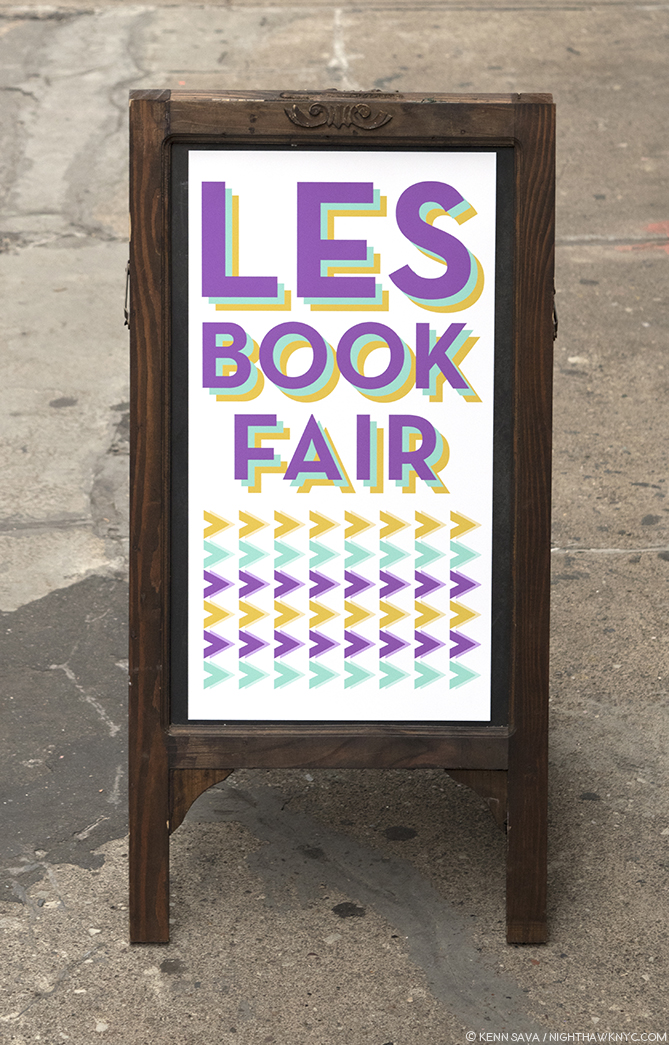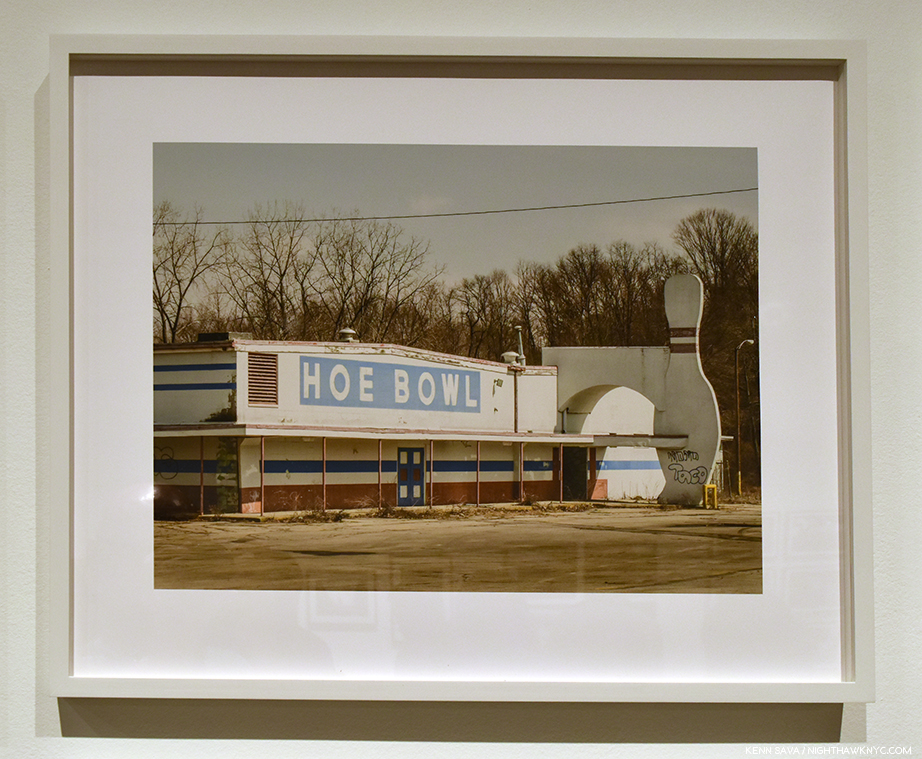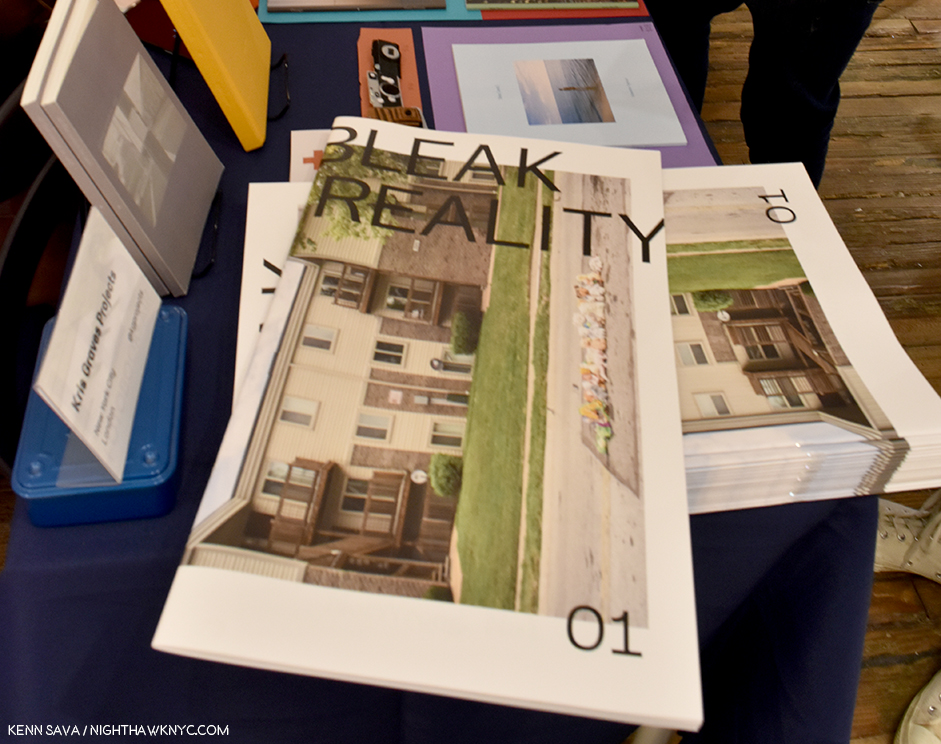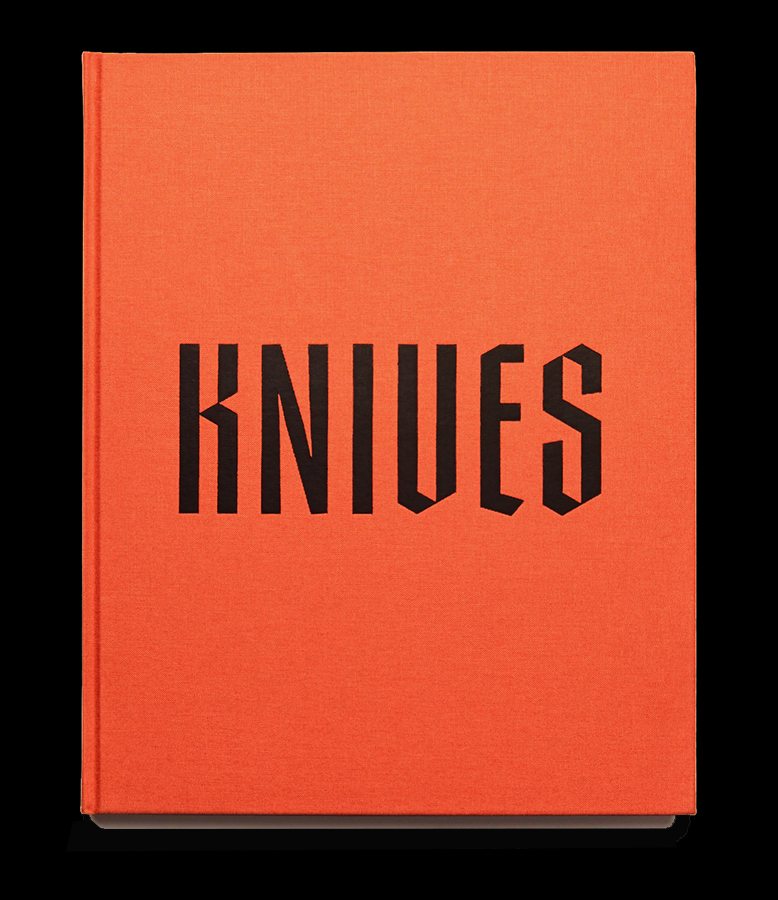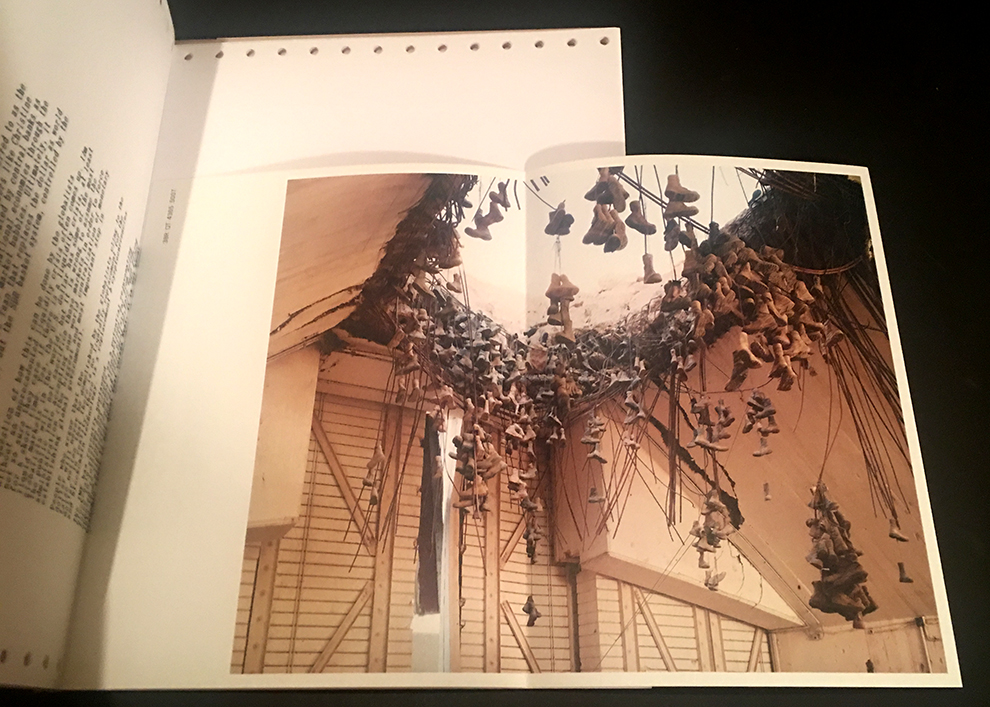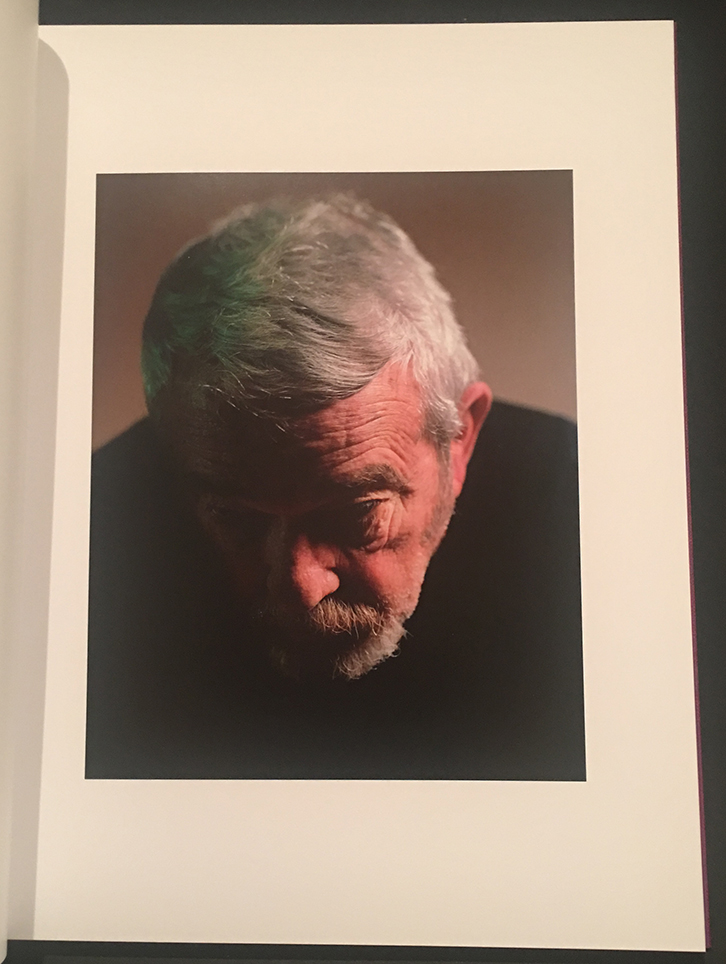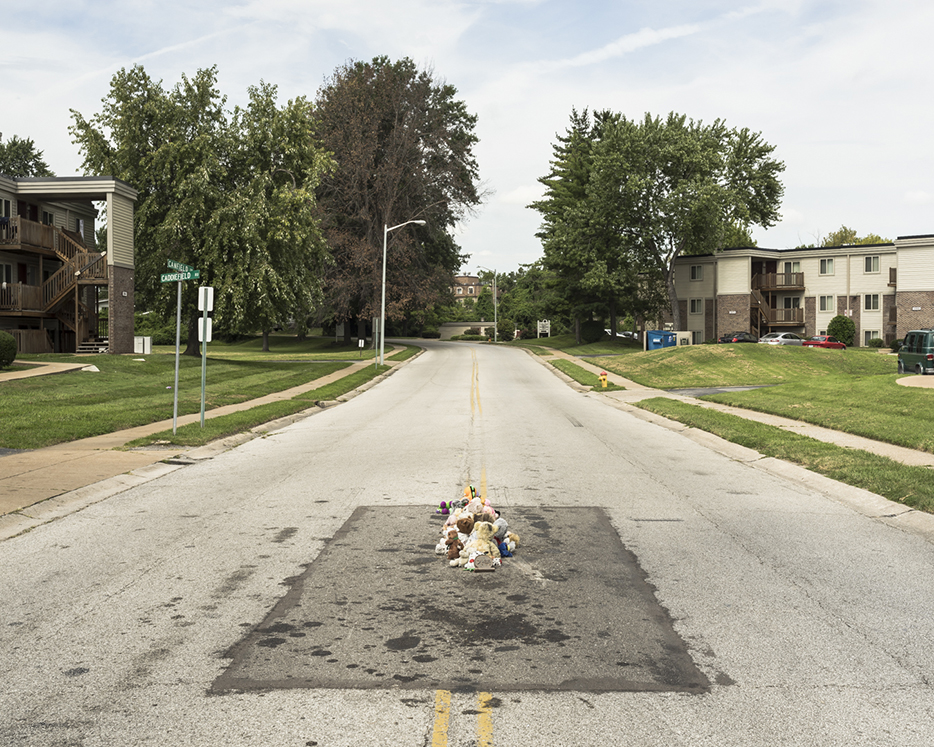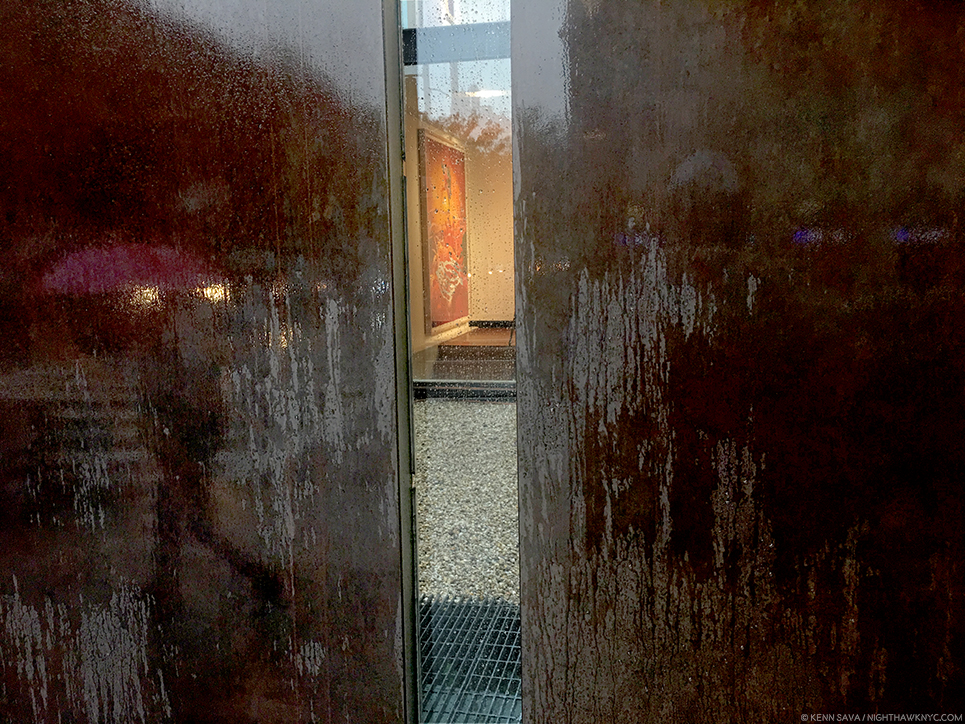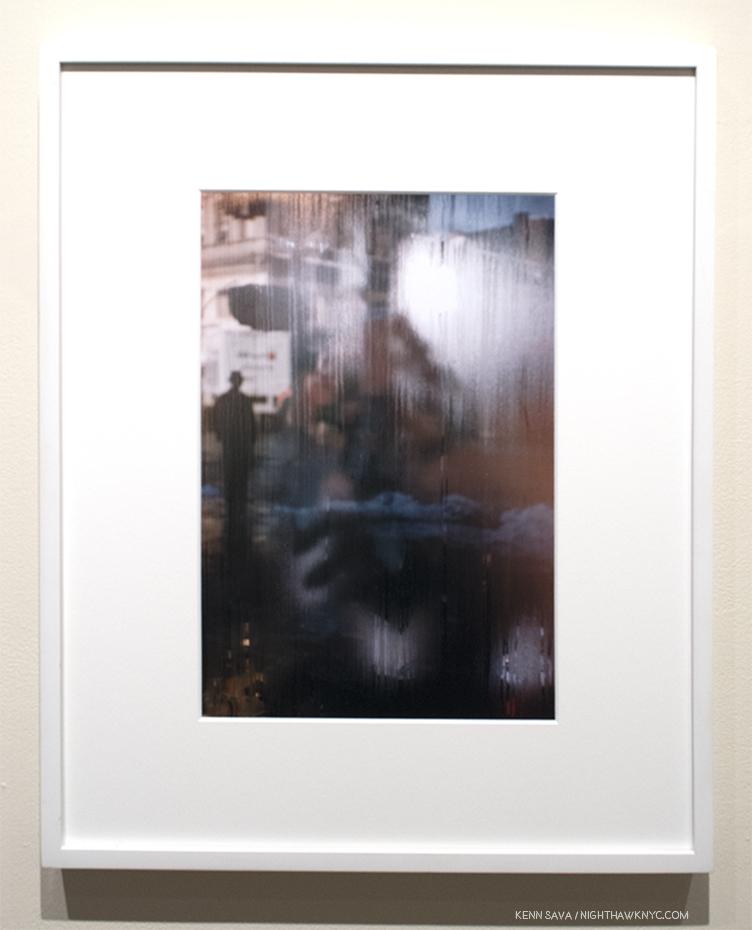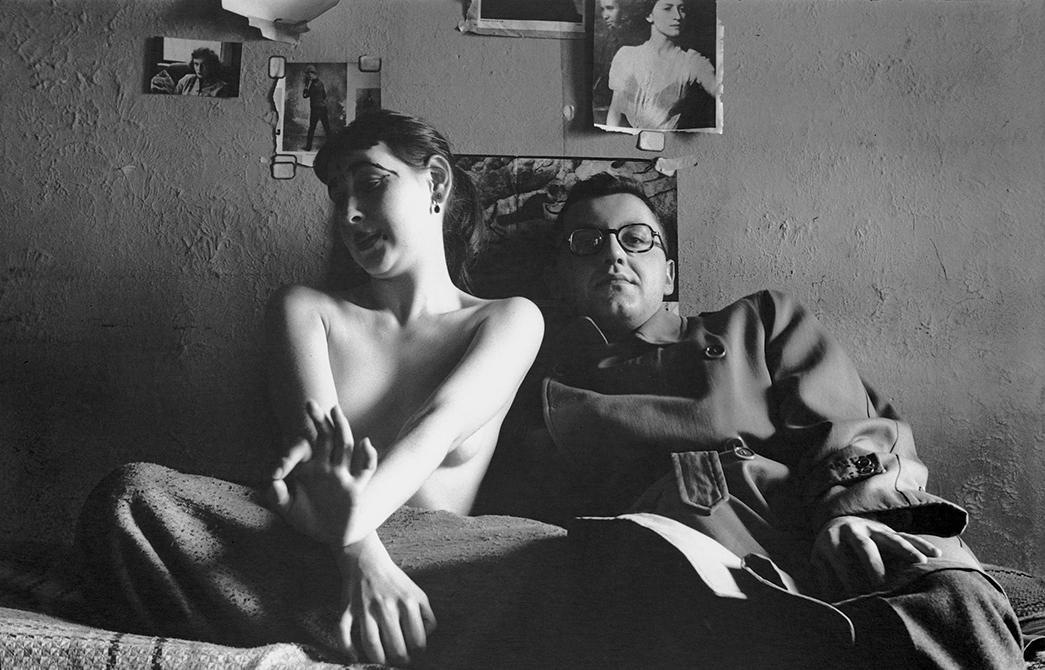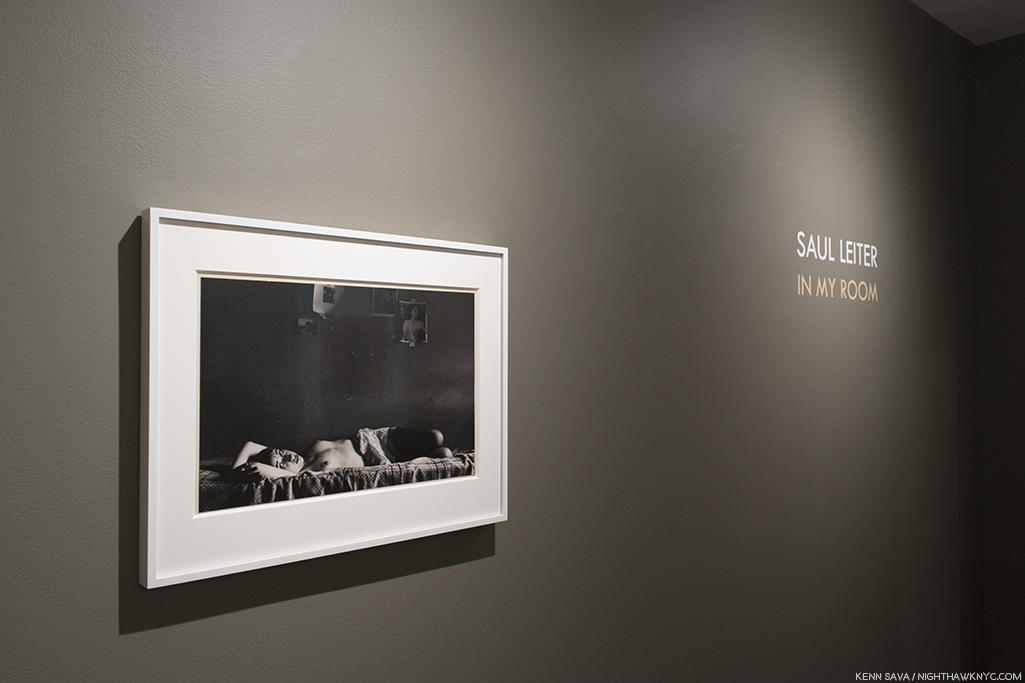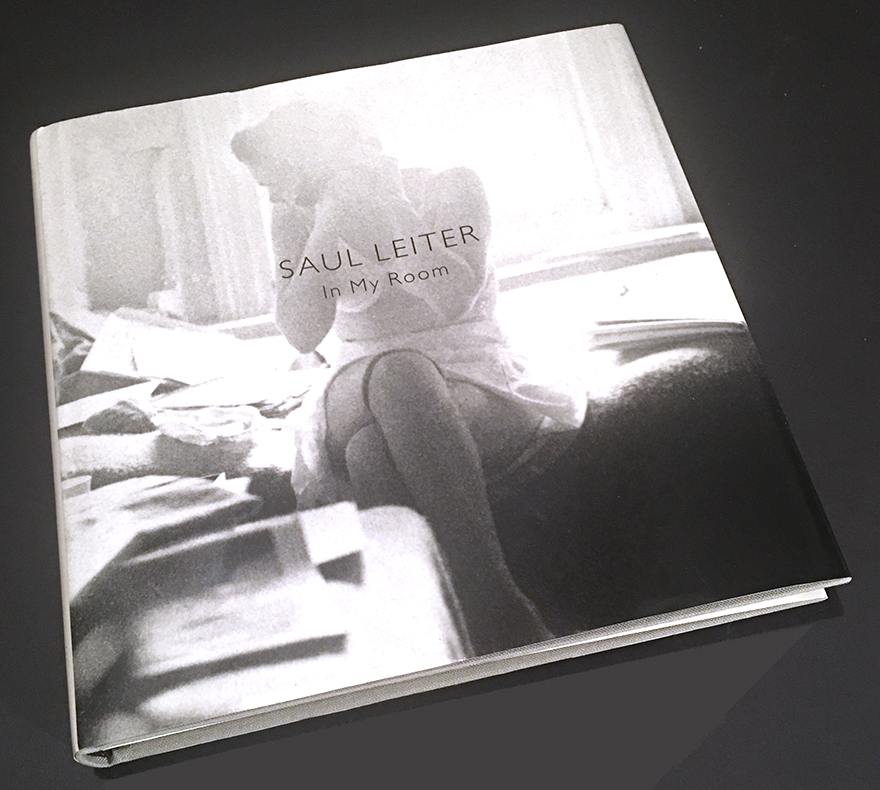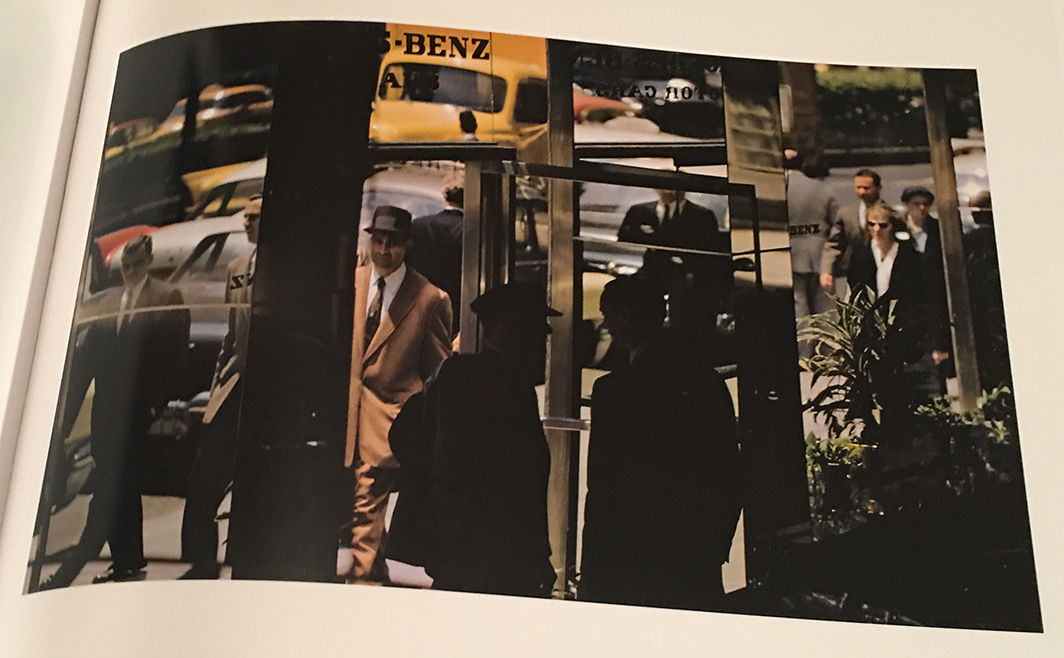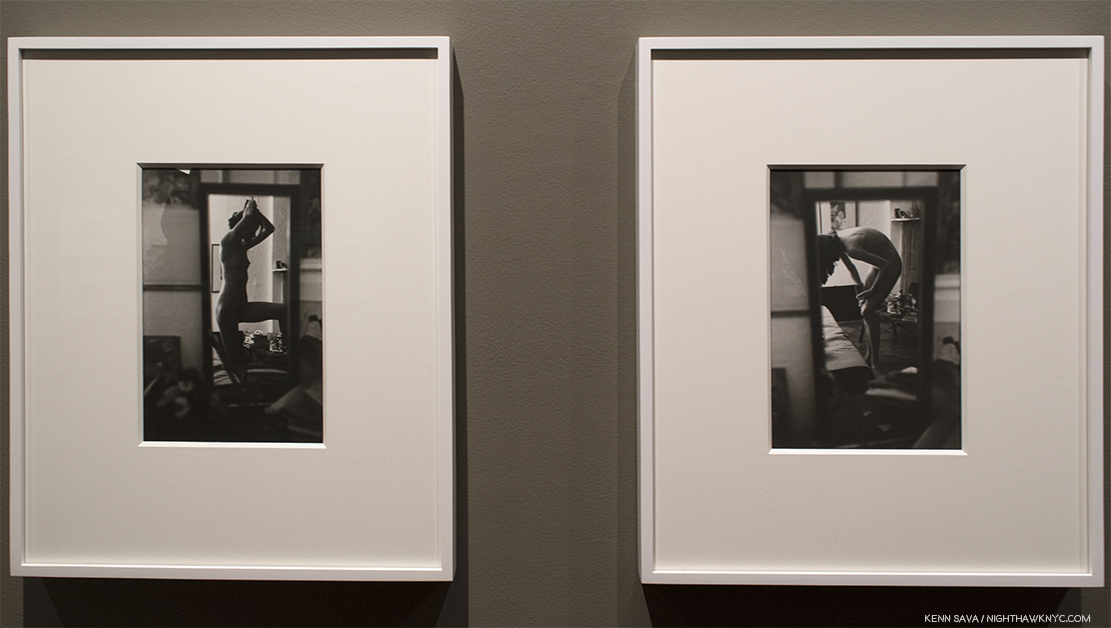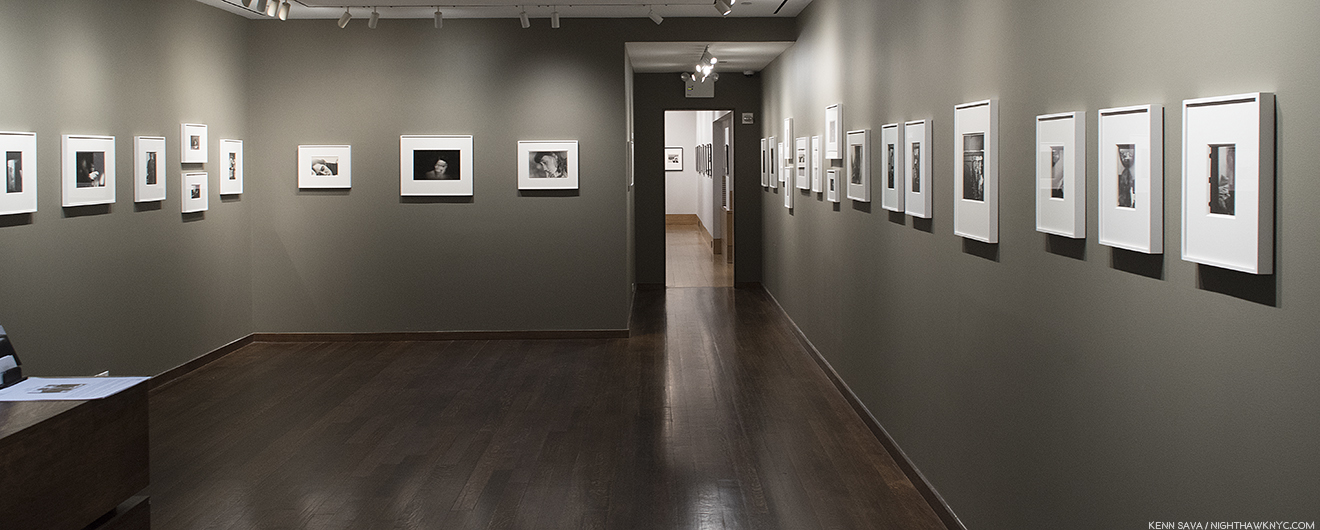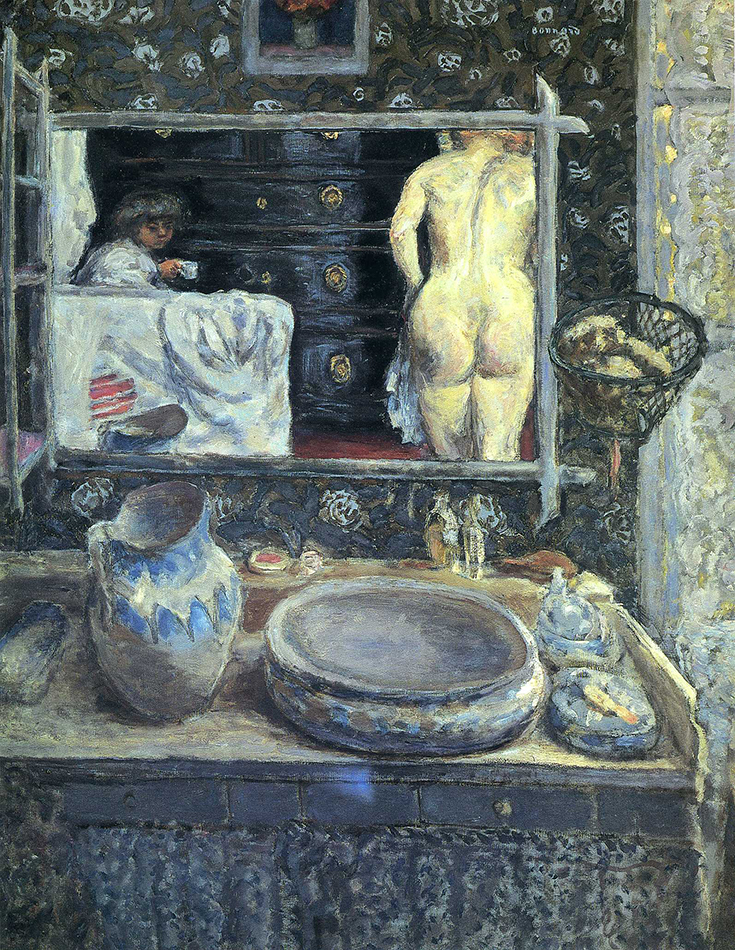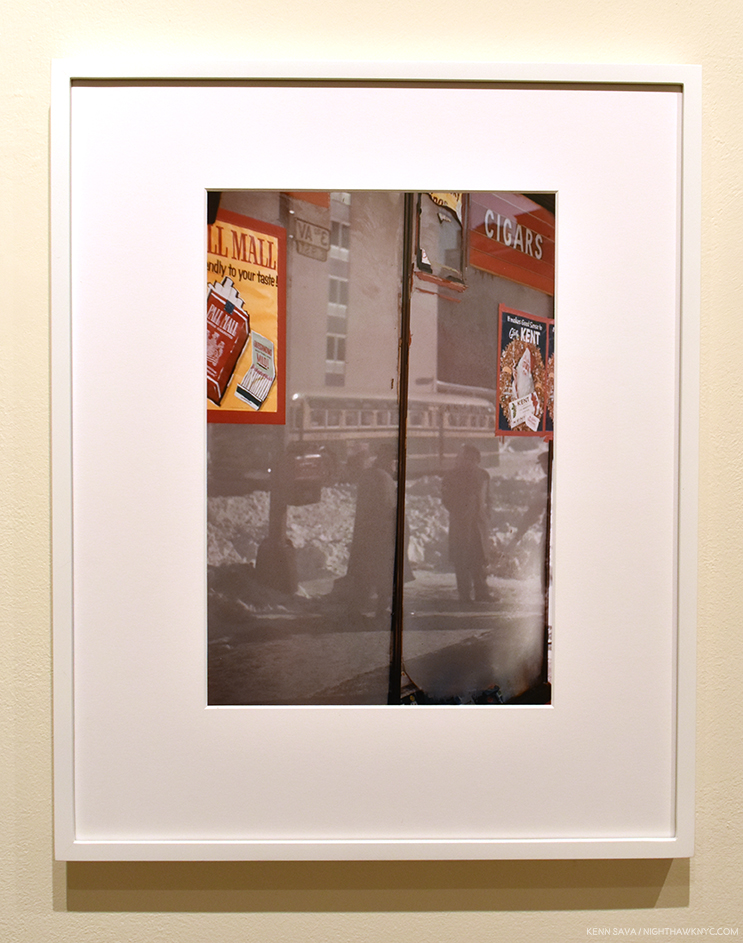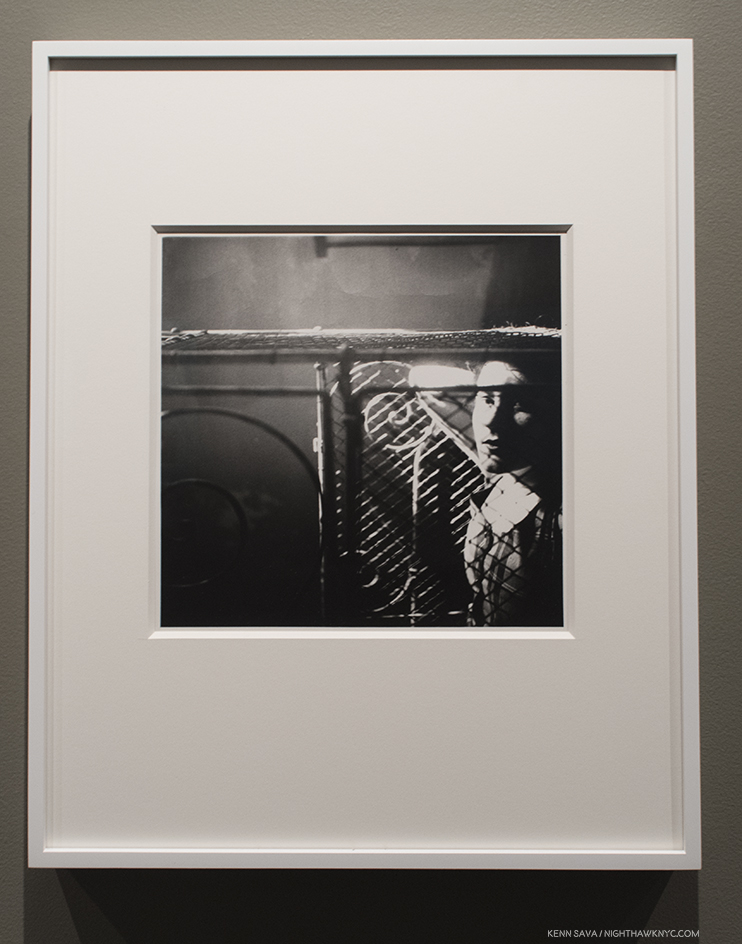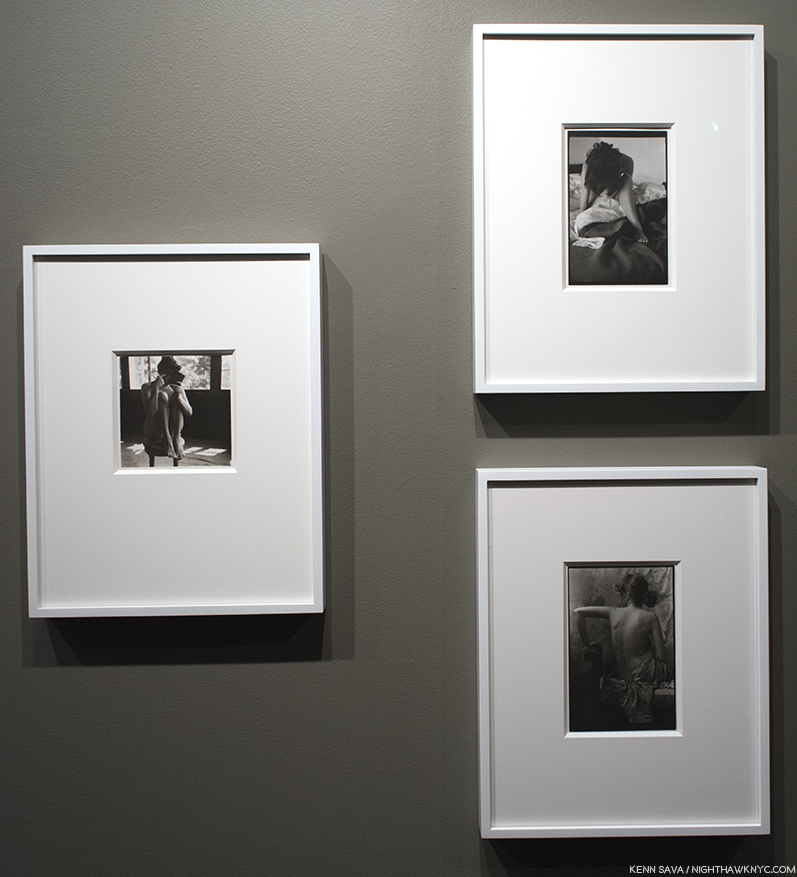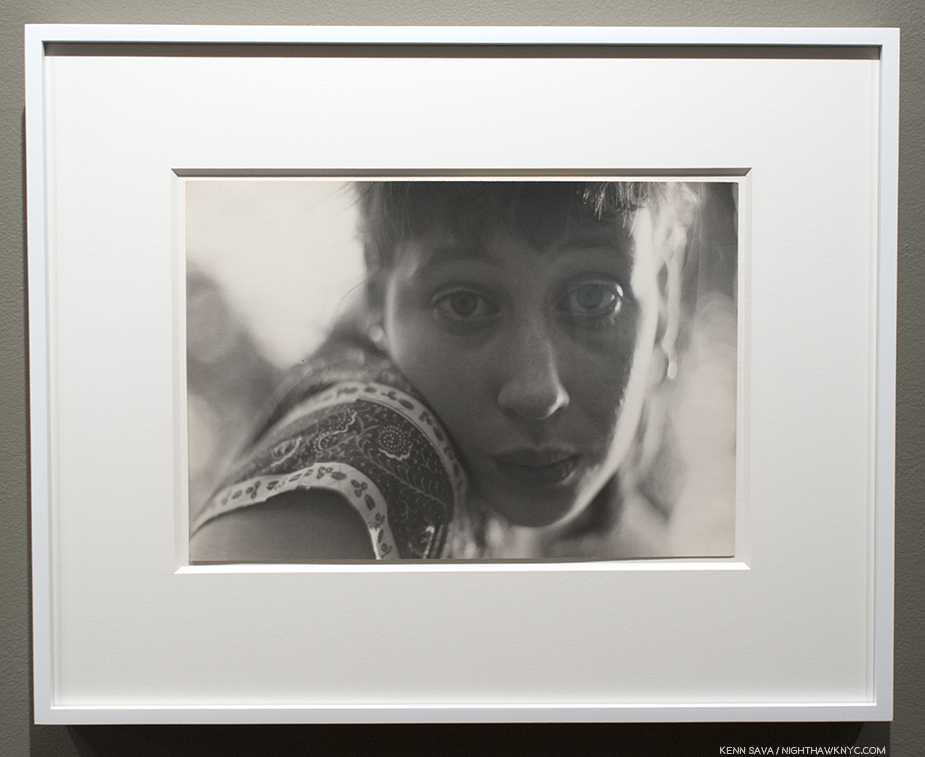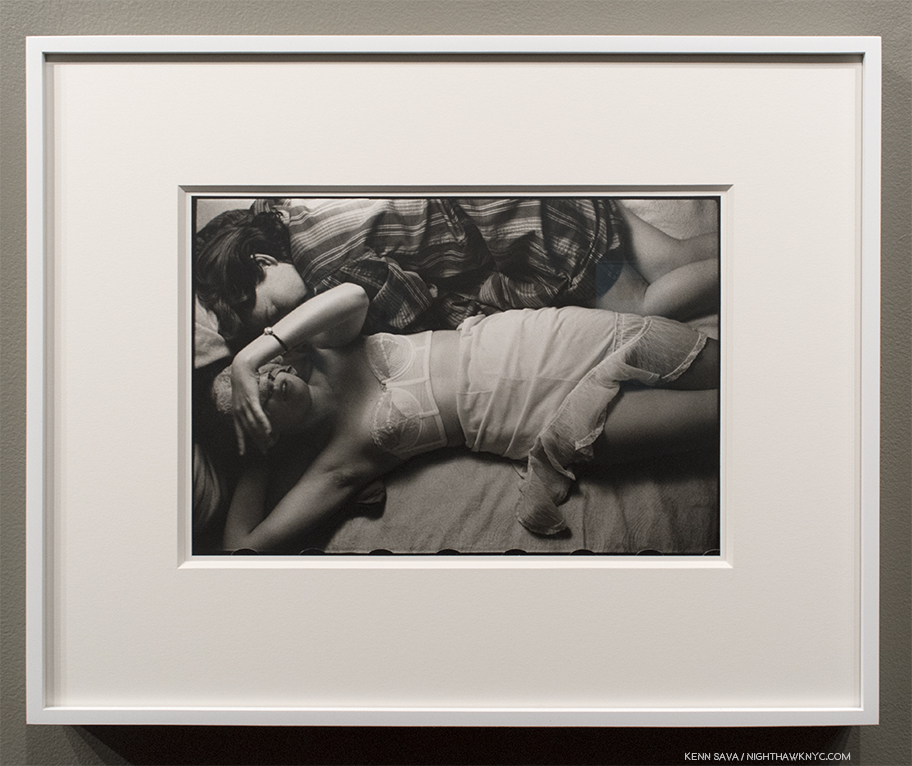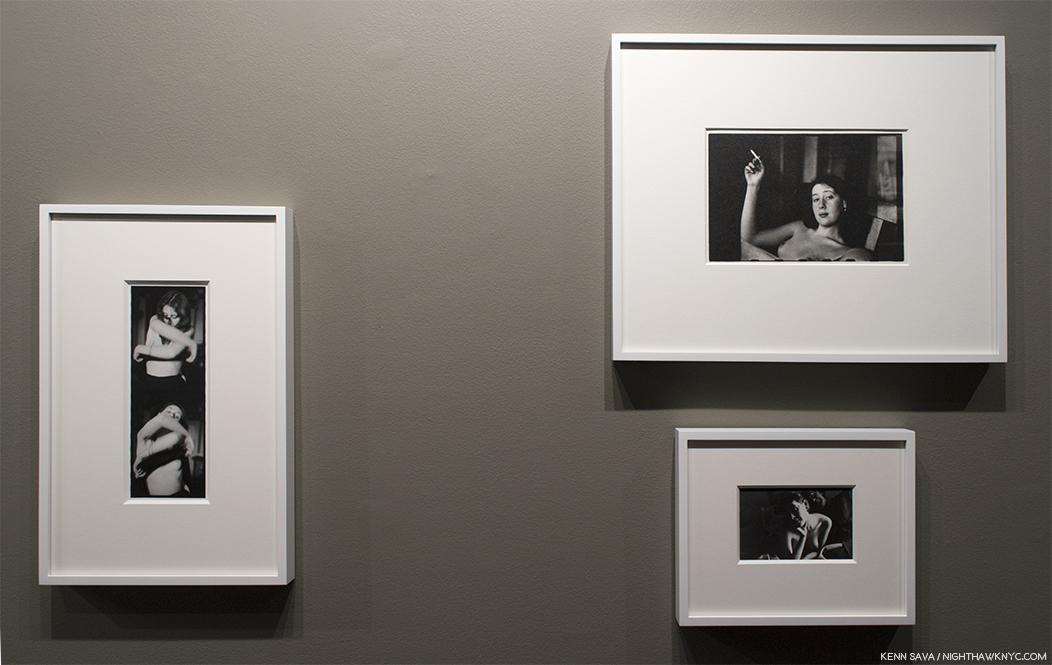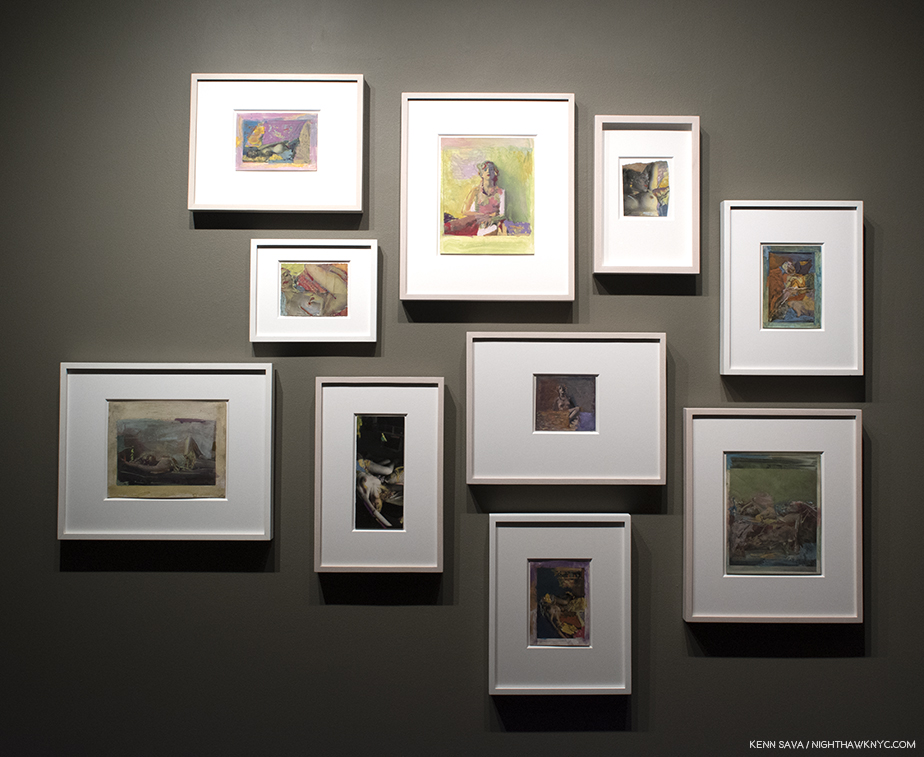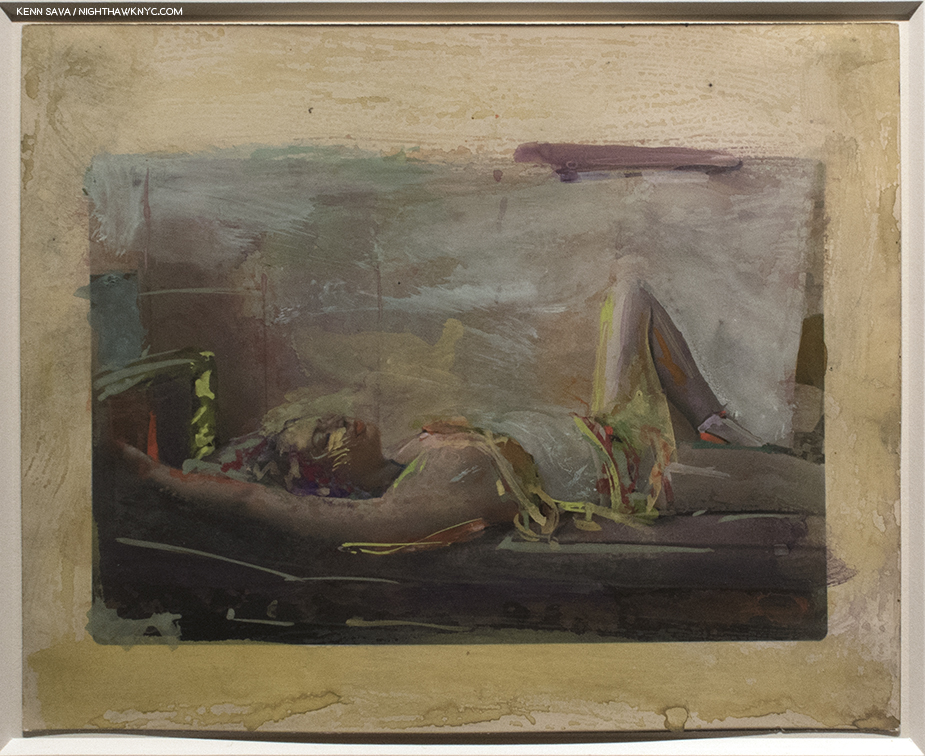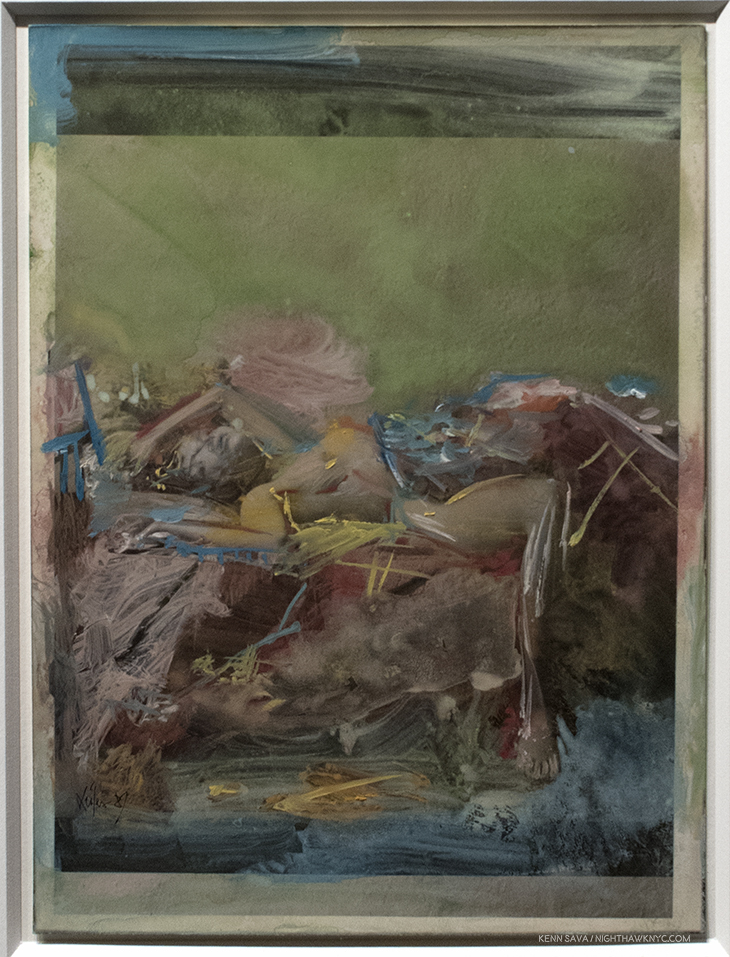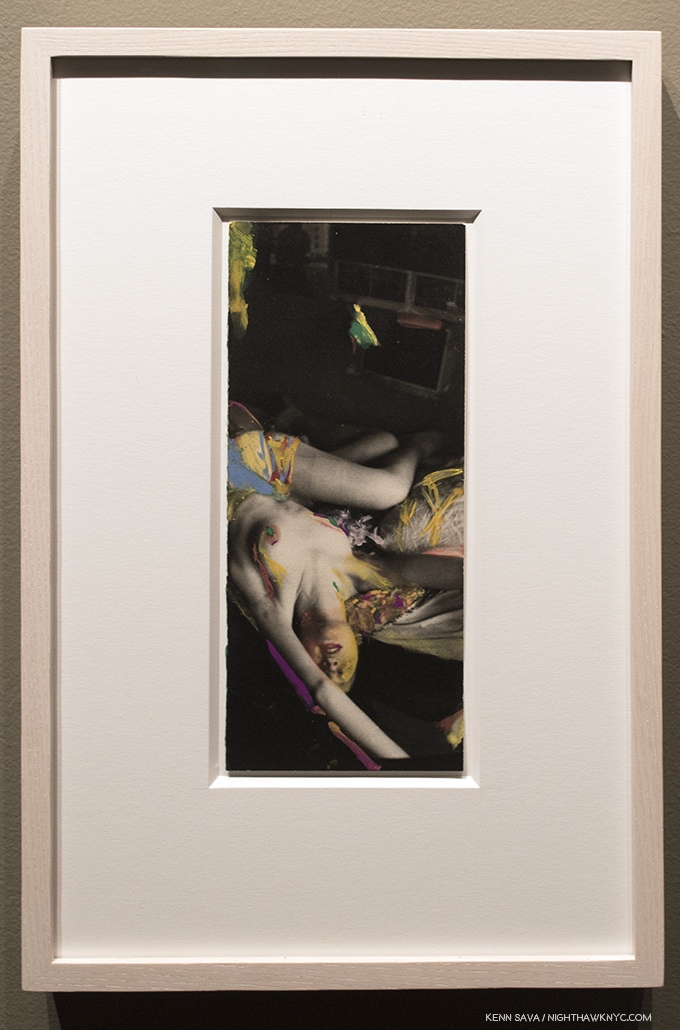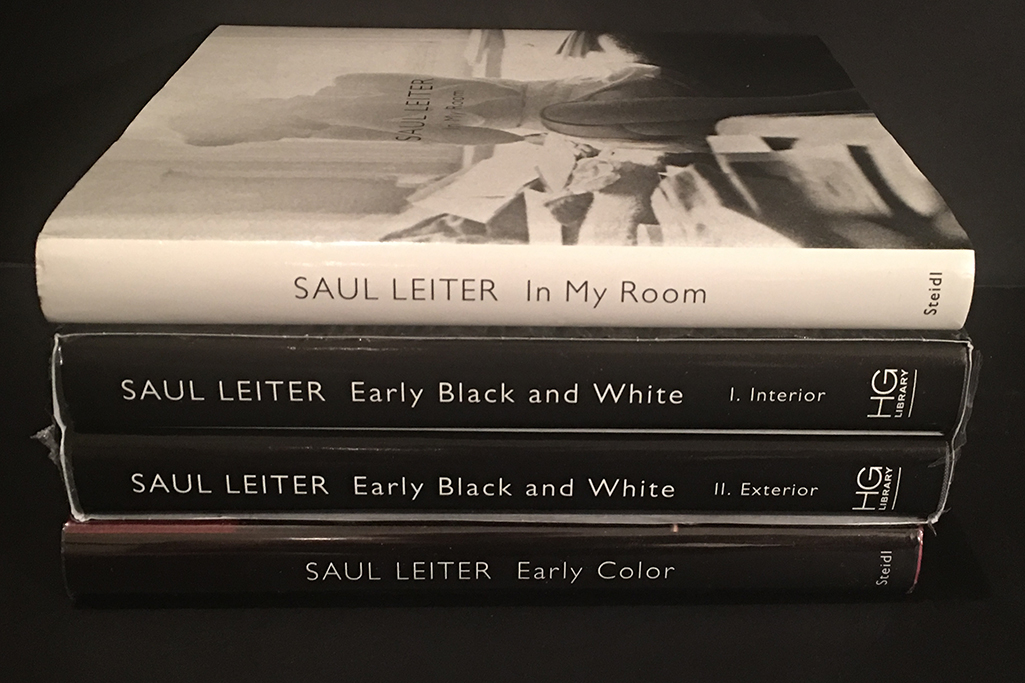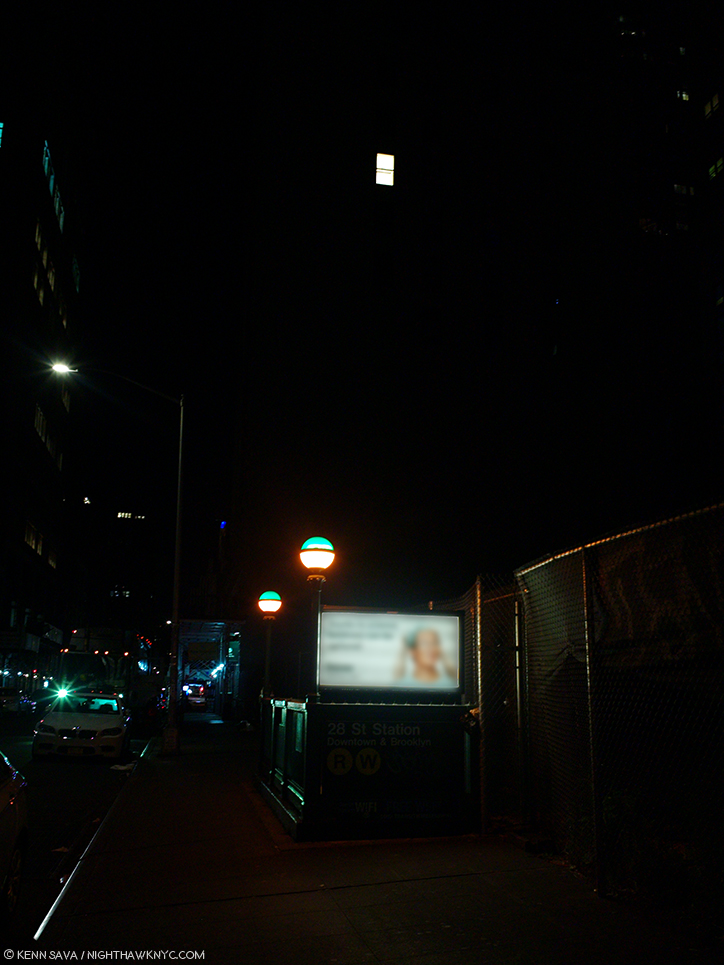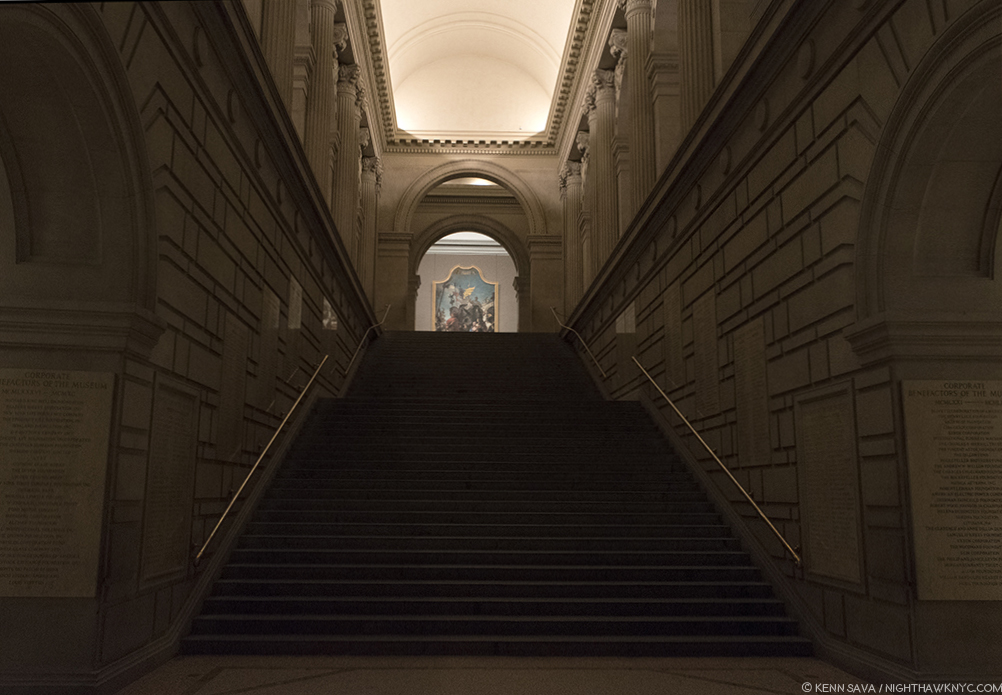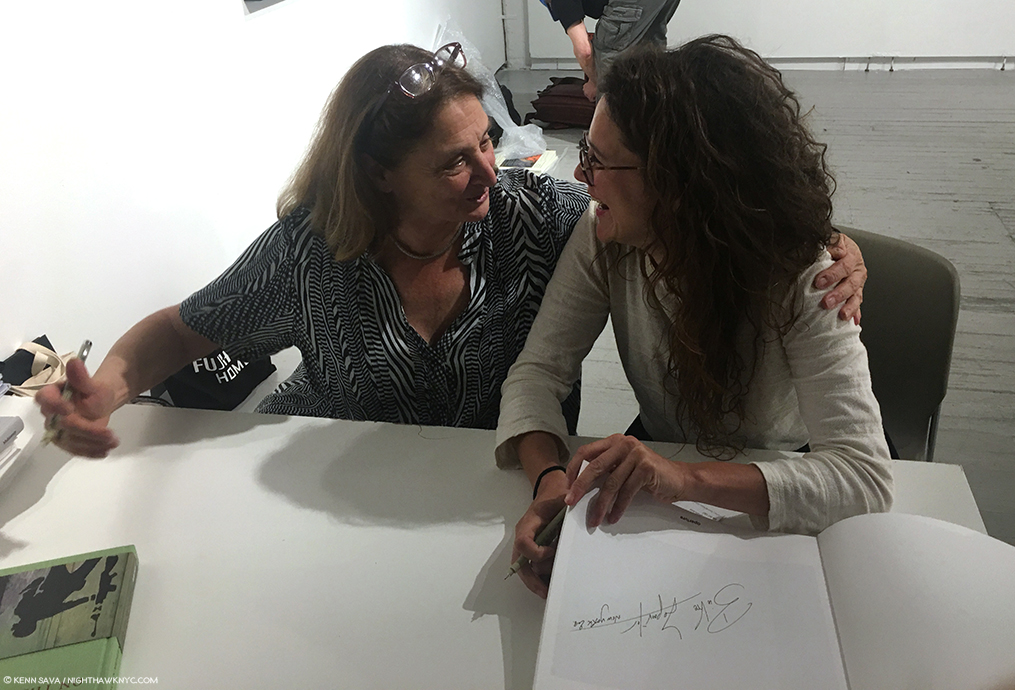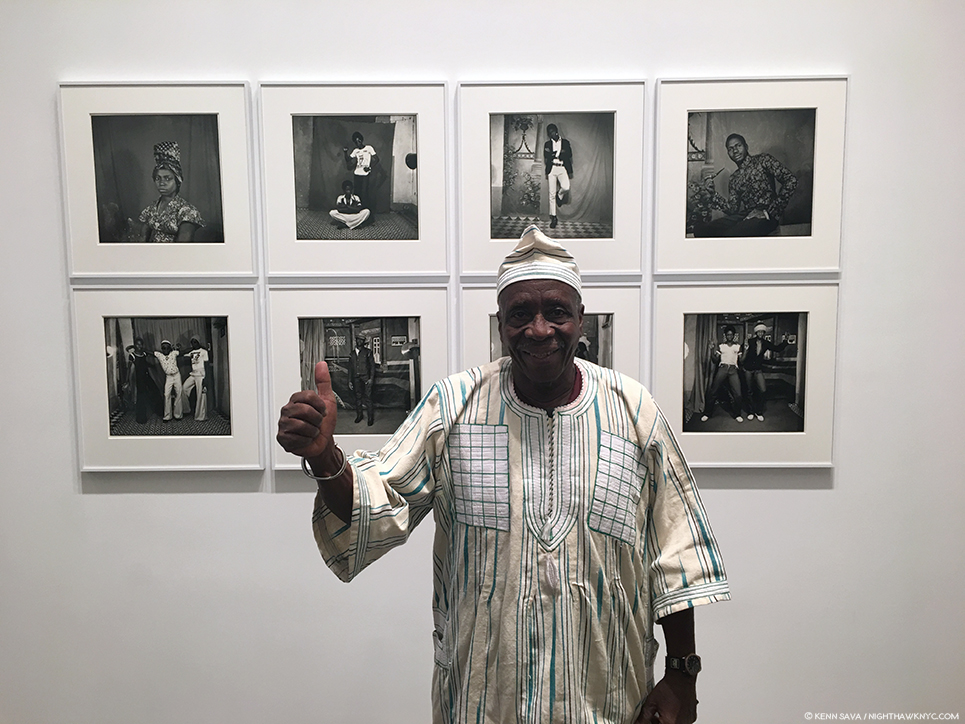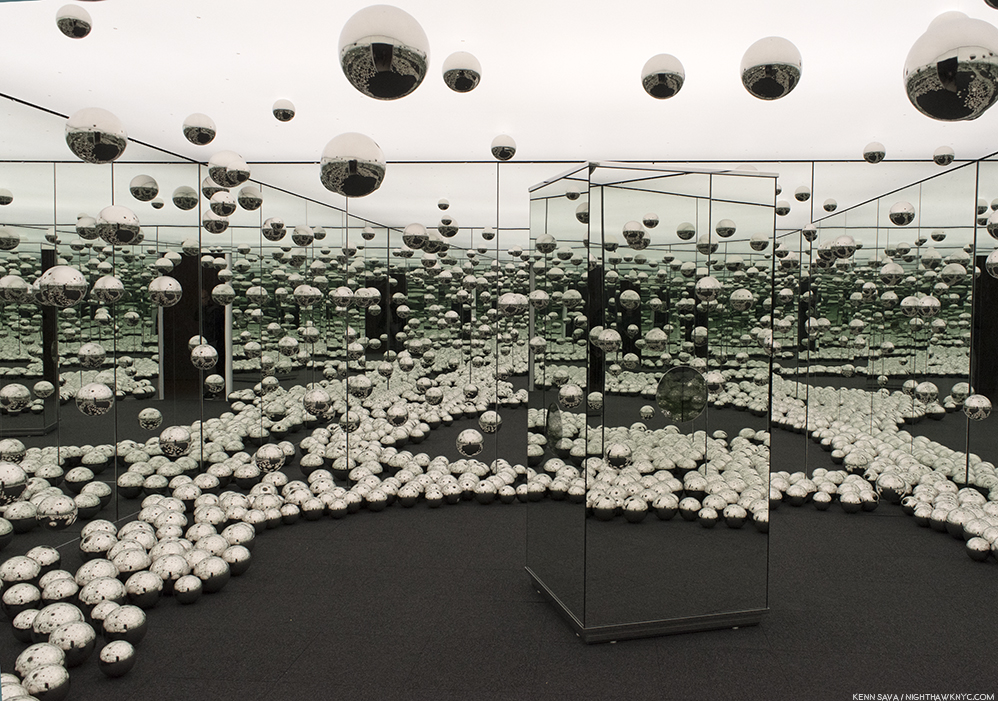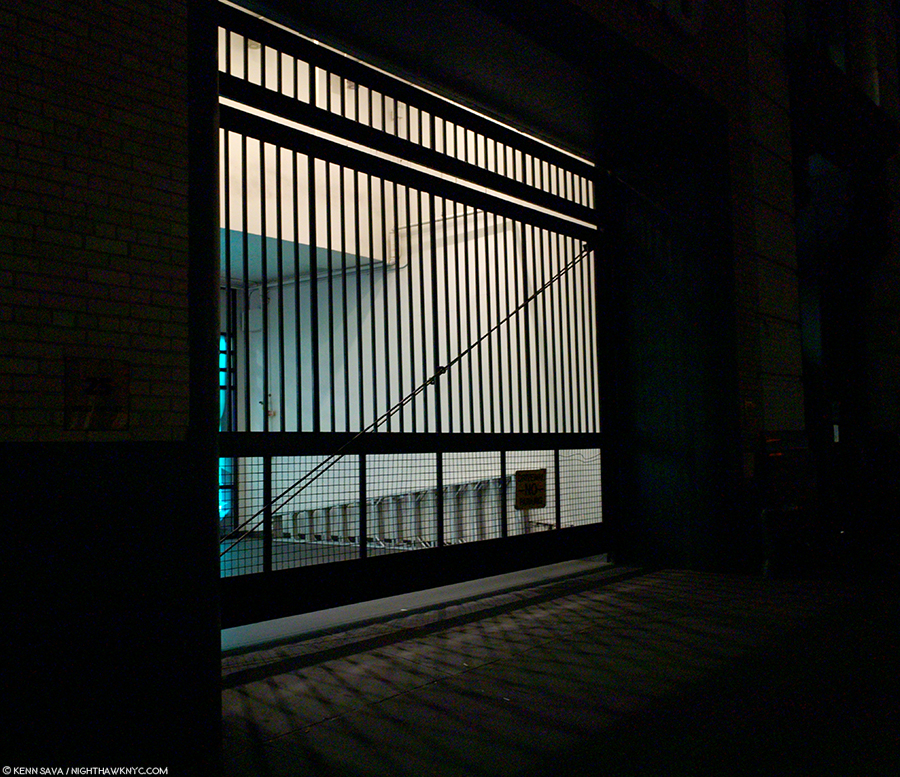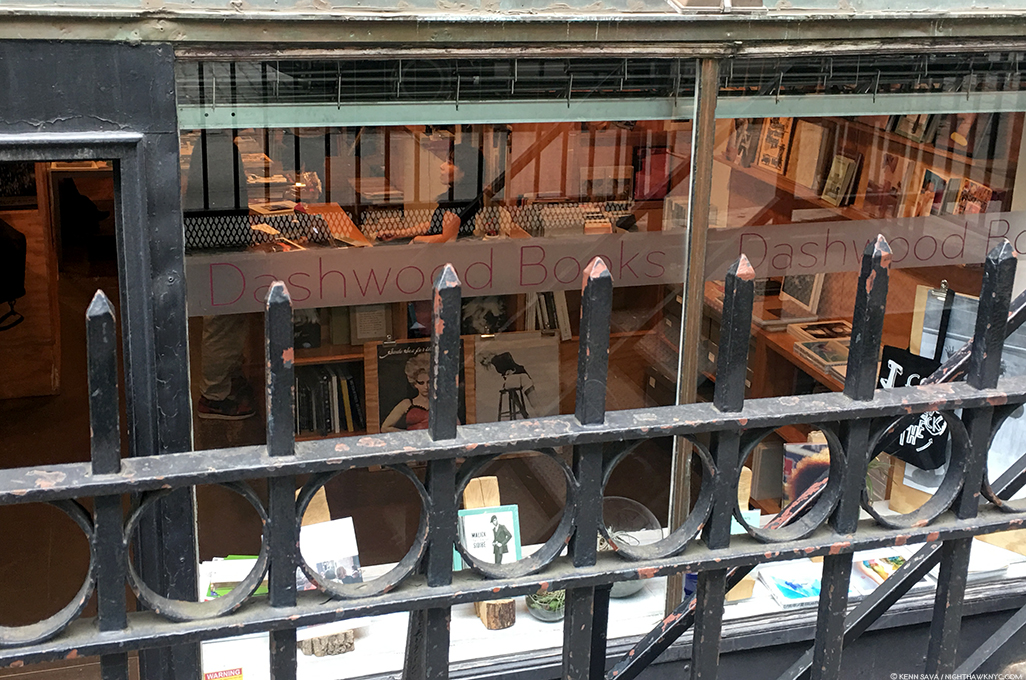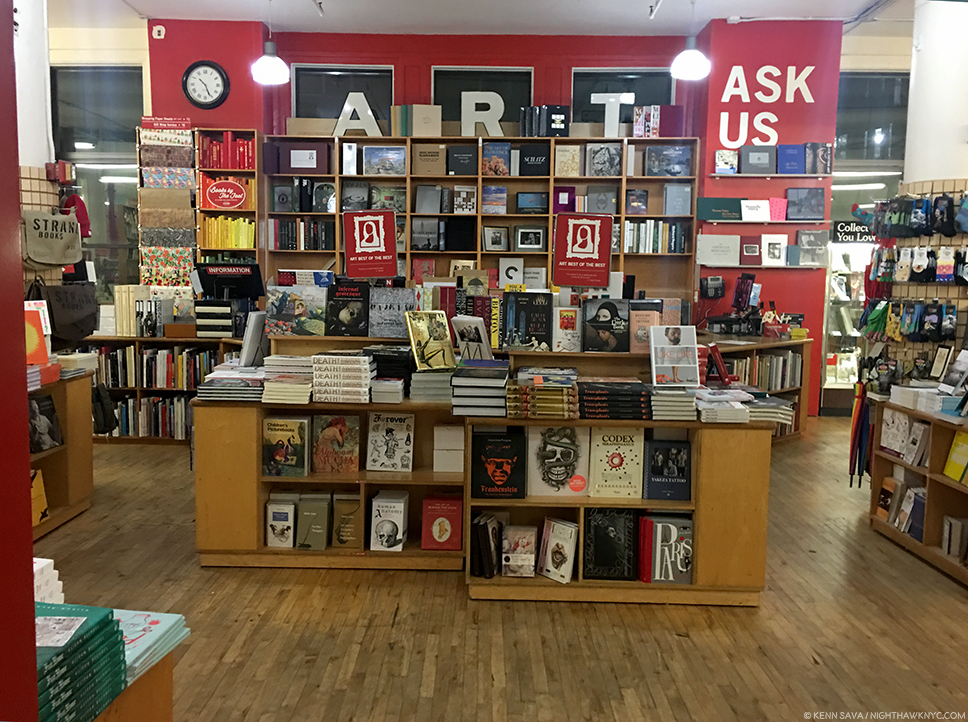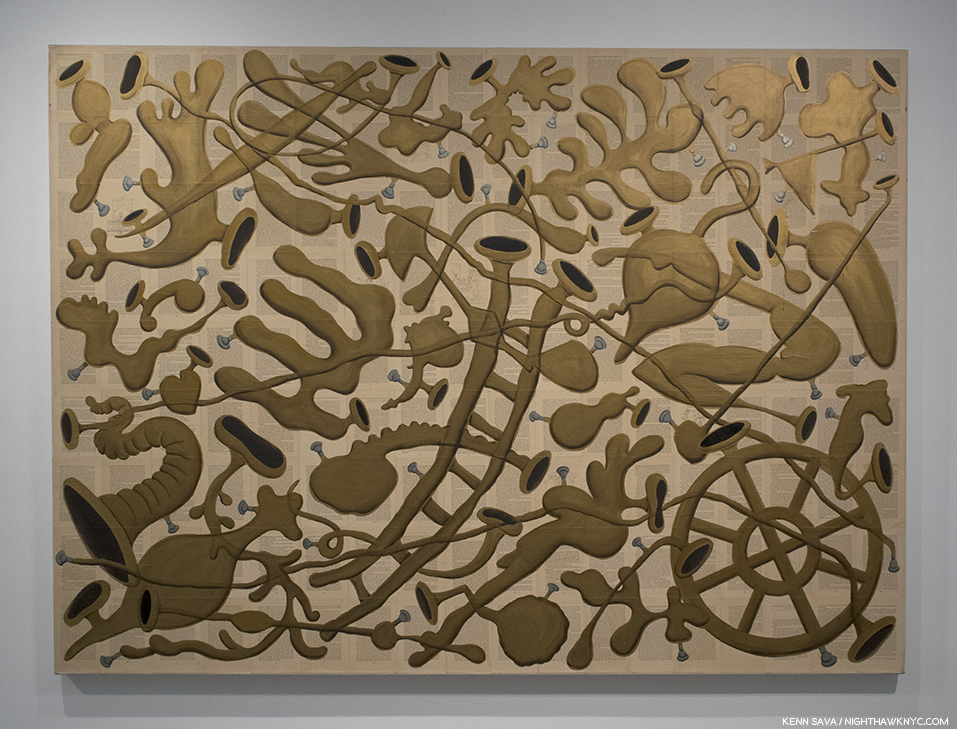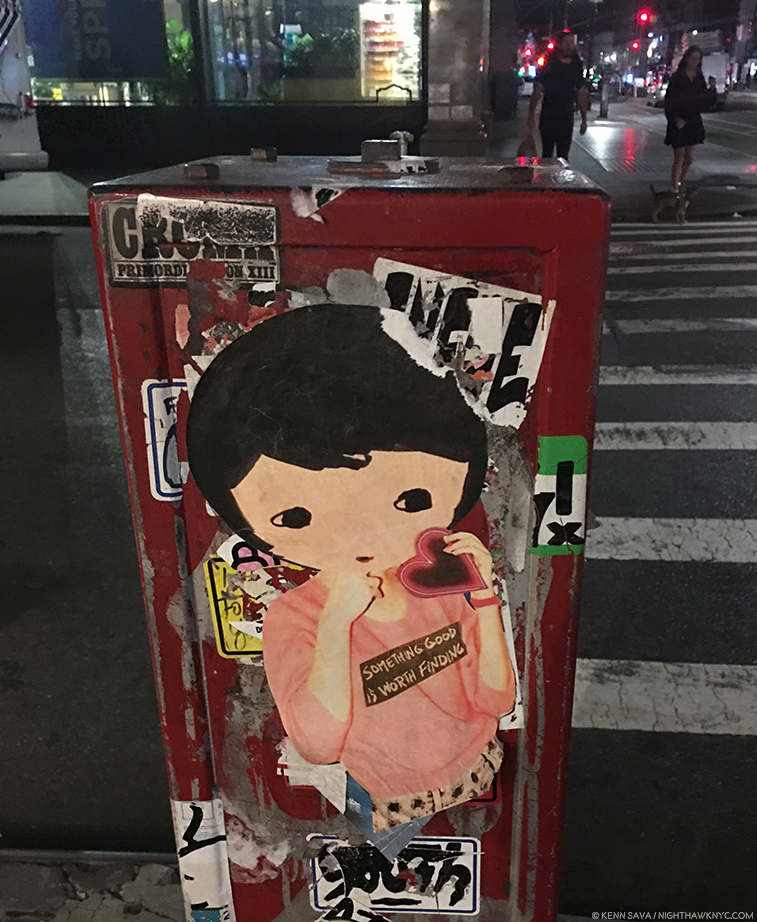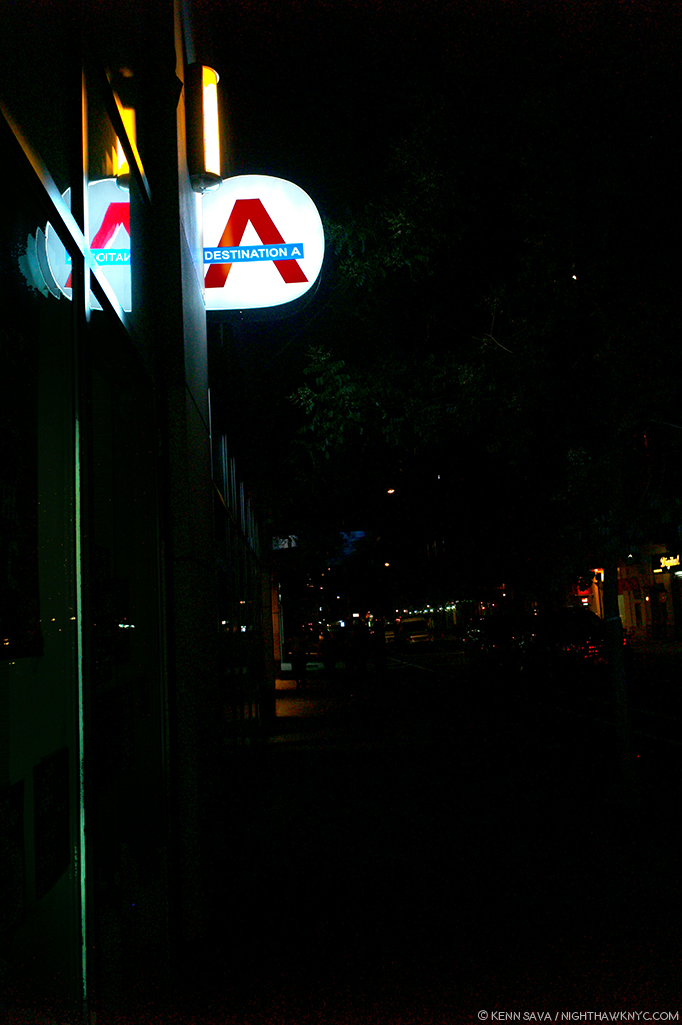Written & Photographed by Kenn Sava
Report card from the future. Snapshots From the first LES Fotobookfair…
Welcome to the L.E.S.!
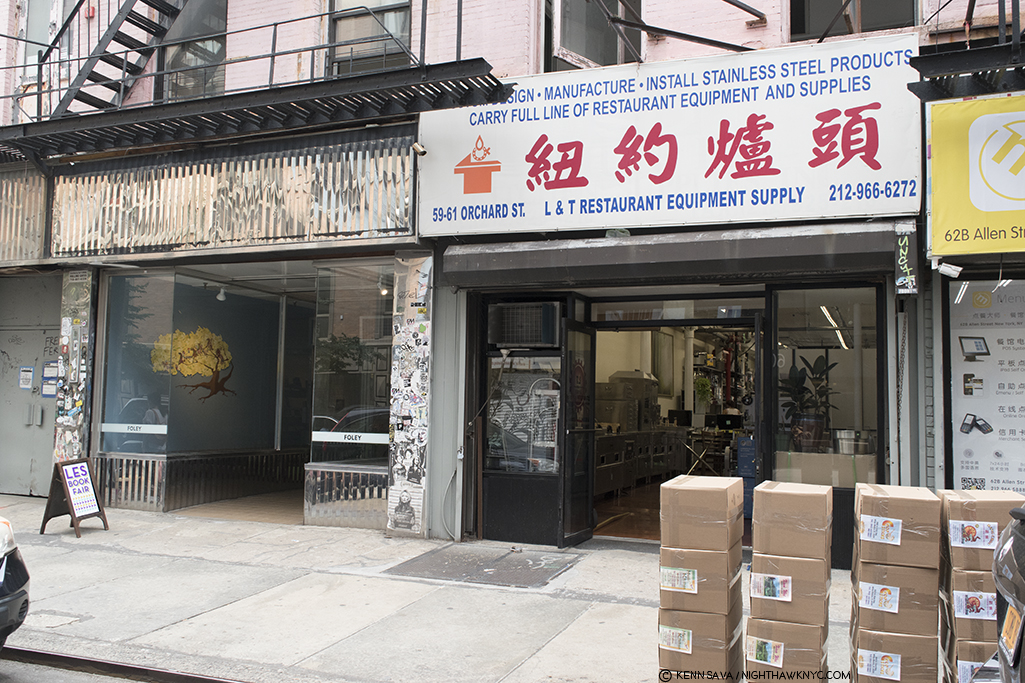
Outside Foley Gallery, left. Those boxes are not PhotoBooks waiting for eager buyers. They are, in fact, full of Chinese Restaurant menus, soon to wind up on all of our doorsteps. Click any Photo for full size.
Where?
Manhattan’s Lower East Side has, to some extent, inherited the mantel of creativity that moved…no…was forced from the West Village to the East Village, and then to the LES due to rising rents. Yes, some of it moved to the 718- Brooklyn, The Bronx & Queens, and some to New Jersey, but the LES has been more than holding its own with a thriving gallery scene, The New Museum, the I.C.P. (International Center of Photography) and countless Artist-led initiatives and collaborations.
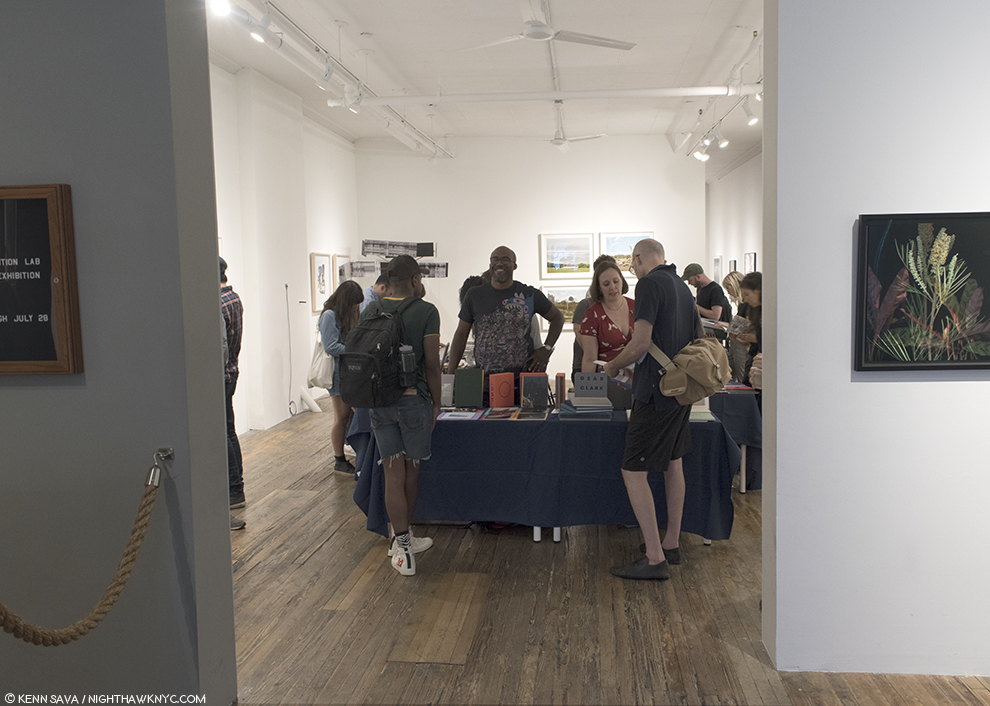
At the entrance. Kris Graves, in the Murakami T, enjoys a conversation with a visitor, while his wife discusses a book at the +Kris Graves Projects table on July 21st.
The newest of these is a collaboration between Michael Foley of Foley Gallery and Photographer Kris Graves and his publishing arm, Kris Graves Projects. Over the weekend of July 21-22 they mounted the first ever L.E.S. Fotobookfair. No less than 10 Publishers were represented displaying a very impressive selection of books. The exhibitors were-
Aint-Bad
Corey Persia
Conveyor Arts
Drittel Books
Gnomic Book
+KGP (Kris Graves Projects)
Puritan Capital
RITA Books
Roman Nvmerals
TBW Books
TIS Books
Zatara Press
And, host Foley Gallery, which presented “The Exhibition Lab Exhibition” installed surrounding the tables wonderfully complementing both the quality and the range of the books on display.
I asked host long time gallerist and faculty member of the School of Visual Arts and the International Center of Photography, Michael Foley, how the idea for the FotoBook Fair came about. He said, “I’ve known Kris for a while now and I know that making photography and publishing photography are two great passions of his. I was impressed with the amount of titles he releases each year and how dedicated he is to getting the work of fellow photographers out there. I love doing events at the gallery…so I suggested we try one here if he felt he could get 10 publishers here. And so he did. He came up with the idea of a “Reading Room” which would give visitors a place to unwind and spend time with the books that they were interested in. Amazingly enough, the Reading Room was silent for the most part with people thumbing through the titles. Each publisher positioned a few of their titles back there, so it really became a library! He also was able to create a lecture series in a very intimate setting. The fair, the reading room and the talks all worked together and supported one another throughout the weekend.”
It didn’t feel that way.
Mr. Graves was a veritable blur while I was there. Such is life when you wear as many hats as he does, with grace and ease. Here, he was Photographer & Artist- represented by his stunning new book “A Bleak Reality,” which opens up to a 20 by 24 inch spread of his series of Photos of eight locations where young black men were murdered by police officers between 2014 and 2016, each one captured on video. Seen so large, their presence is lifelike. Images from “A Bleak Reality” introduced me to Kris’ work at The Photography Show/AIPAD earlier this year.
Wearing his publisher’s hat, +KGP (Kris Graves Projects), he told me that so far this year he has done 18 projects!?! (And I thought my 23 2018 pieces in 24 weeks was crazy, and I’m not making them into actual books!) The volumes that haven’t as yet sold out were gloriously on display. Wearing his co-host hat, he introduced speakers for the lectures and discussions in the reading room. Finally, wearing his book fair “manager” hat, he was regularly checking in with the other exhibitors and speaking to visitors. Given how busy Mr. Graves was, his table was in excellent hands, being co-staffed by his lovely and knowledgeable wife, Sarah. In the midst of all of this, he found time to direct me to the beautiful new book, El Libro Supremo De La Suerte, by Rose Marie Cromwell, at the TIS Books table. 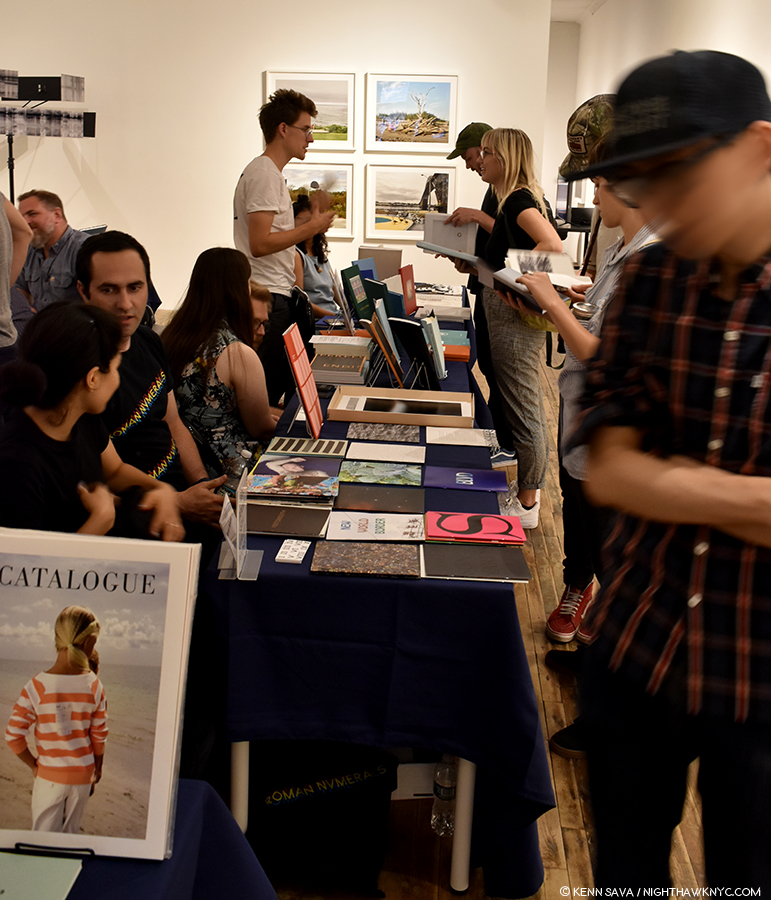
The first thing that struck me about it, something that became a theme with virtually every book at every table I looked at, was the exceptionally high quality of the production. It didn’t take long to realize that every single person involved in these projects cares deeply about the end product. As I moved throughout the fair, I heard all kinds of discussions about the finer points of bookmaking- here the endpapers are well glued, or not well glued…which countries have the best bookbinders…how different bookmakers pack their books for shipment, and the ins and out of having books made in various parts of the world, including the USA. I was even startled to learn that for those publishers who sell through that huge online retailer, notorious for not packing their books (they often just put them in a box with no padding or protection), keep any books that are returned by the customer for being received damaged!
Call me crazy (sorry, you won’t be first), but for a book junky like me, to hear people who live and breathe this stuff, particularly the Artists who’s books these are, discuss these details was enthralling. And reassuring. This care and attention to detail is one of the pleasures of buying physical books from smaller publishers, in addition, of course, to getting the chance to see work from a wider range of Artists. That passion, and the fruits of their labors, was gloriously on display. And the track was fast.
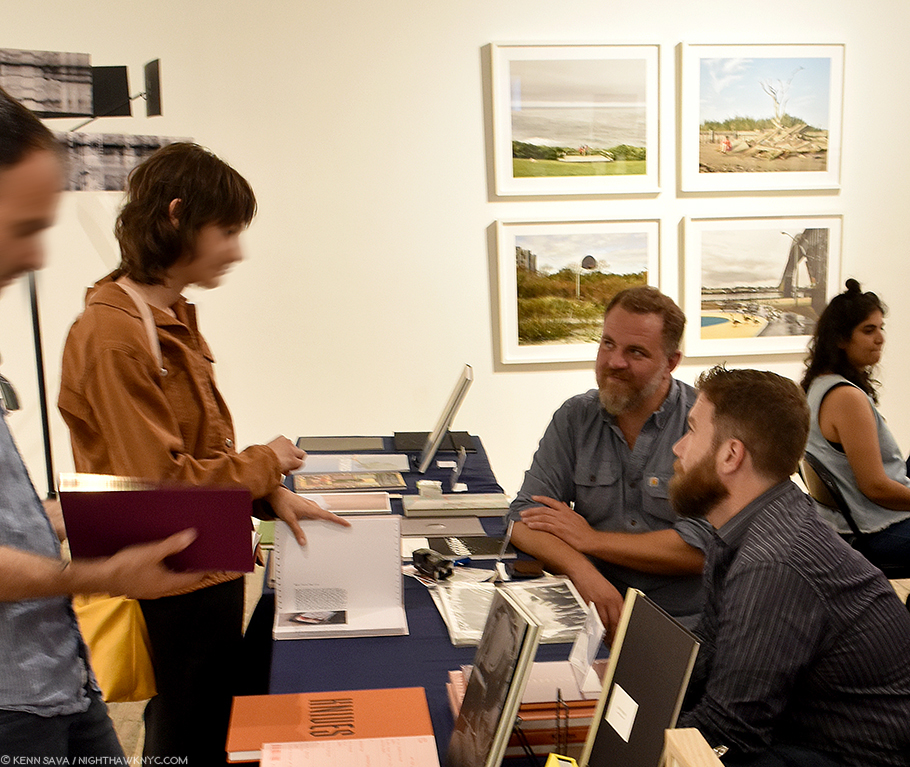
Photographer & Publisher Jason Koxvold, facing with his arms on the table, and Photographer Shane Rocheleau, right, discuss the finer points of their terrific new books at the Gnomic Book table.
Next to TIS was Gnomic Book who were showing three very impressive new books. Two by Photographer & publisher, Jason Koxvold, and one by Photographer Shane Rocheleau.
At Gnomic, VERY hard to miss with its stunning bright orange cover and eye-stopping title in bold black type, Knives by Jason Koxvold, a Photographer, creative director and an award winning Filmmaker, was one of the two books (along with Kris Graves’ new A Bleak Reality) I went specifically to see. After all, it’s not often a PhotoBook gets its own tote bag (sold separately). As I looked through it, it struck me that Knives is one of those books that contains a world, in this case an insular community that’s grown up around the Schrade knife factory, part of a 150 year old tradition that backboned its Hudson River Valley community, until it moved to China in 2004, within its covers. Knives documents a world that’s been slipping away. In its portraits, subjects look out at the camera (or not) with a look on their face of not knowing what’s happening, but feeling it happening. Nothing needs to be said. It’s all written on their faces.
At the Fair, Mr. Koxvold was debuting a “companion” book to Knives in the form of a hand-made limited edition of 25 titled You were right all along, or, Y.W.R.A, as it’s also known, a book that “can be thought of as connective tissue between several different projects, made at a unique historical intersection in the United States as we bear witness to the decline of capitalism, the rise of almost constant mass shootings, mistrust of the institutions that have held the country together, and the swollen, invisible power of the military industrial complex,” per the publisher, all tied in, like Knives, to the story of Schrade Knives.
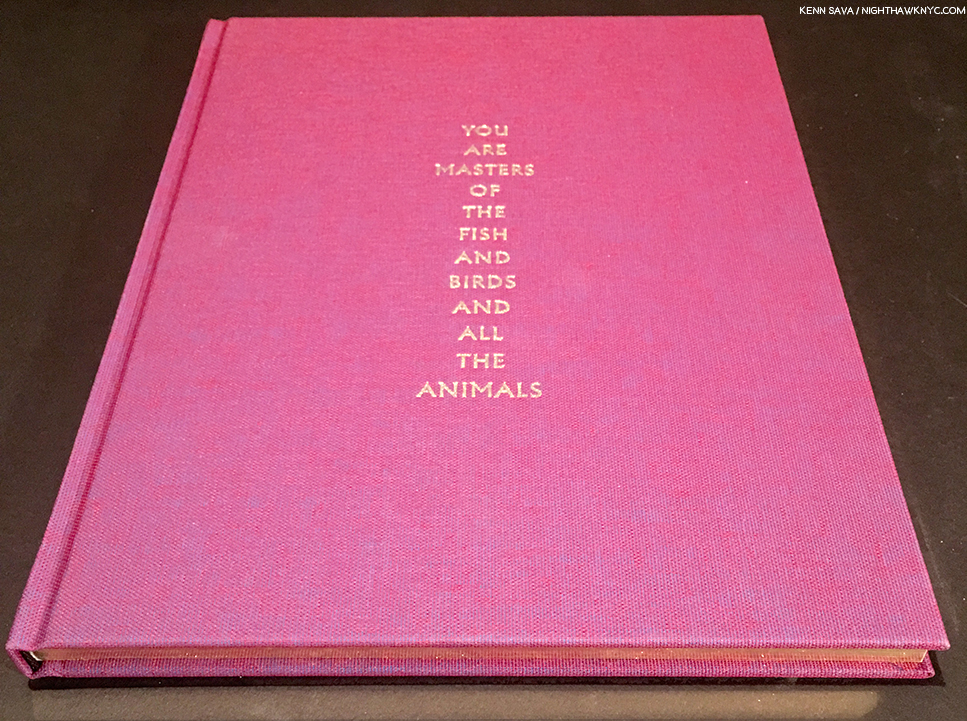
YAMOTFABAATA (or You are the Masters of the Fish and the Birds and all the Animals, from the Book of Genesis) by Shane Rocheleau, just published by Gnomic Book, a beautiful creation. I shot it at an angle to show off its nice gold edges, carrying over the gold on the font, and mimicking the gold edges of bibles.
Shane Rocheleau’s YAMOTFABAATA, or You Are The Masters Of The Fish And Birds And All The Animals, was the surprise of the LES Fotobook Fair for yours truly A gorgeously produced first book 3 years in the making ostensibly “about white masculinity,” (something it shares with “Knives”- both are centered on masculinity, and in both books white masculinity), Mr. Rocheleau’s with a strong autobiographical thread included. (My Q&A with Shane Rocheleau is here.)
Its a soul searching book, one that looks inward and outward, all the way to the power of nature, for its “answers.” Some of the images were included in the Artist’s A Glorious Victory series, but here, they’re added to a number of others to form one of those rare cohesive groups that takes a PhotoBook to a different level. Mr. Rocheleau, (like Jason Koxvold), is an accomplished Filmmaker, and it’s obvious when looking through YAMOTFABAATA. The work strikes me not so much cinematic, but rather a movie playing in the mind’s eye, as the terrifically sequenced succession of images take a cumulative toll. The air is mournful. There is a sense of loss, or impending loss. Old ways die hard. In the portraits, many subjects have no eyes- well, we can’t see them. They’e looking away, possibly looking inside. Nature is present, reaching into our world at random times to show us who’s the real boss. The result is one of the finest first PhotoBooks I’ve seen so far this year.
Being one of the Artists on hand at the BookFair, I asked Mr. Rocheleau how the Fair experience was for him. “I really enjoyed hanging out with all the publishers, some of whom are old friends, and answering and asking questions about work. The visitors were engaged, and it was great meeting new people. My publisher, Gnomic Book, did quite well and is excited about the next one! All in all, I had a great experience.” Jason Koxvold added, “We had a great experience at the LES Fotobook Fair – it was wonderful to make new friends and discover new work. Several people have told us that our work can only really be experienced in person, so an intimate book fair is a great place to let readers spend time with the books, and it was also the perfect place to start taking pre-orders for Romke Hoogwaerts’ new book, Vreugdevuur Scheveningen. I’d absolutely do it again.”
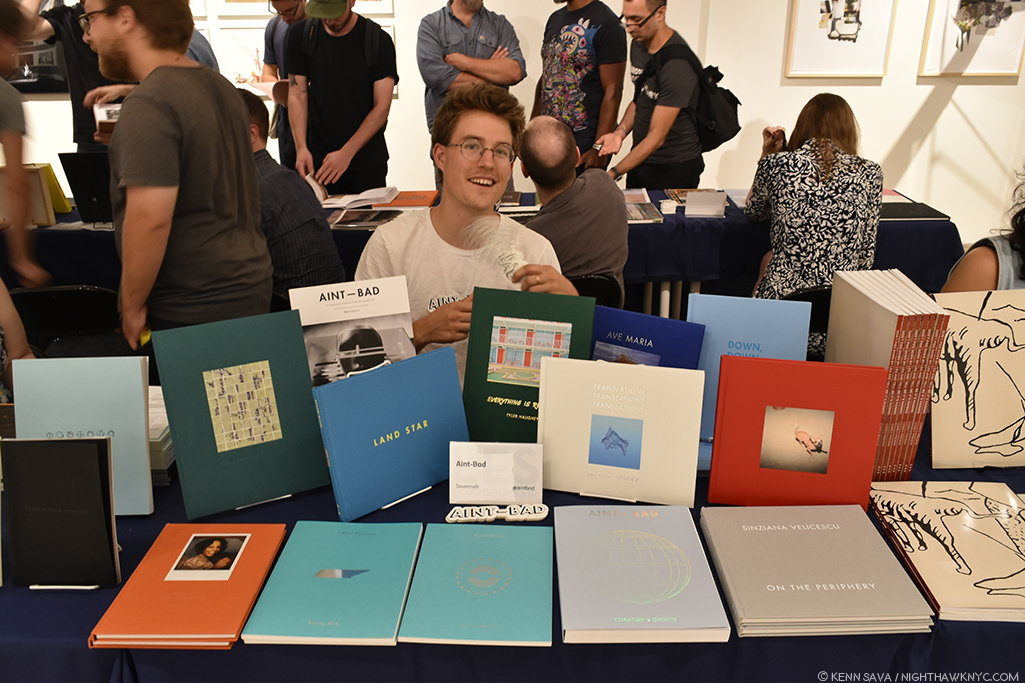
Will Glaser of “Aint-Bad” displays some fancy sleight of hand with their stickers while a full range of their books impresses on the table. Curator’s Choice is the bluish-silver book in the front, just to the right of center.
Up from Savannah, GA, “Ain’t-Bad” is a particularly interesting multi-threat organization that both publishes and promotes new photography. After Kris showed me a copy of their new Curator’s Choice, I immediately ordered it. It’s actually issue No. 12 of their Anti-Bad Magazine, this issue with the stated goal “to put the best contemporary Photography directly in front the eyes of the curators.” Fifteen curators in all showing thirty-one Photographers. Aint-Bad’s Will Glaser was on hand to discuss the impressive range of titles they’ve published, which included a fascinating collection of 7 years of Photo based collage work by Anthony Gerace, titled And Another Thing…, and On The Periphery, by Sinziana Velicescu, a beautiful look at the man made landscape in and around Southern California that struck me as an echo of the early work of the great Lewis Baltz of The New Industrial Parks near Irvine, California, 1974, albeit in color. In addition to being a meditation on what man has done to and with nature in California, it also brings an element of humor which makes it continually fun to look through. Safely back in Savannah, I asked Mr. Glaser how the show went for him and “Aint-Bad.” He said, “As a previous resident of NYC, I was quickly reminded how amazing the Photography community is in New York. Thanks to the Foley Gallery and Kris Graves, the LES Book Fair was (not only) an amazing place to be, but it showed how a well organized and diverse book fair can bring practitioners of a solitary art form together.”
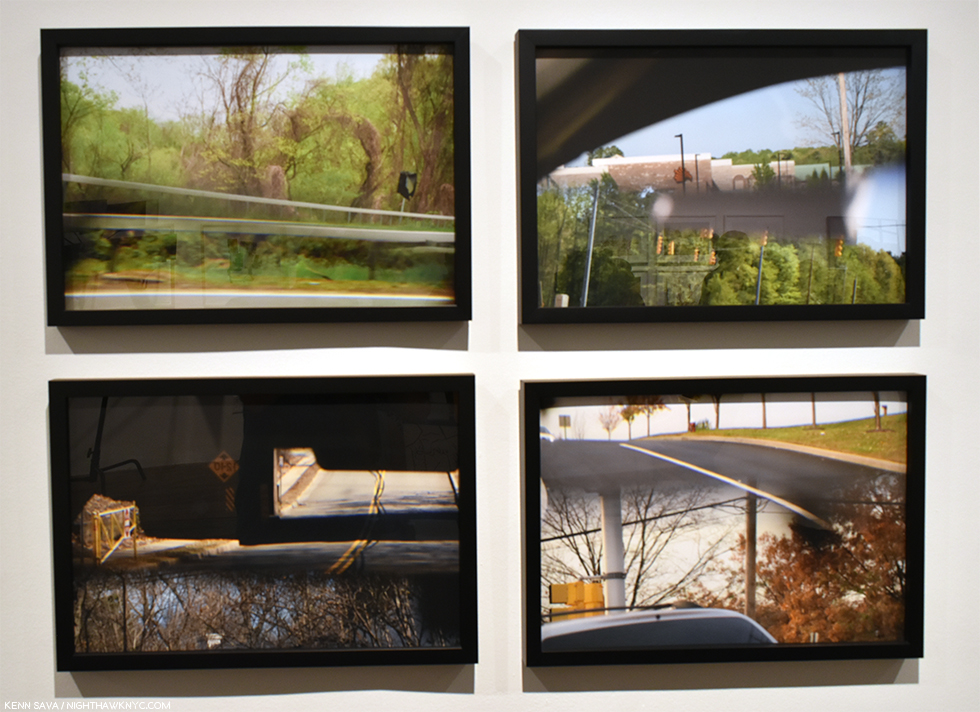
Kerrry Kolenut, Untitled 01-04 (from Rearview Series), 2018, seen as part of Foley Gallery’s “The Exhibition Lab Exhibition”
Kris Graves’ A Bleak Reality is the newest of those 18 2018 titles by Kris Graves Projects. Its large size and beautiful printing work together to really make the you feel you are right there, in the midst of the spaces it depicts- the places where the 8 black men were murdered by police officers between 2014 and 2016.
I asked Kris to tell me about this project, in his words, since the text in the book is by Thomas Chatterton Williams. He said, A Bleak Reality was finished over the course of two long weeks in September 2016. It was released online on Vanity Fair’s Hive blog soon after. The New York locations felt dangerous, but I had an assistant so it went well. I am pretty comfortable traveling alone, the other locations weren’t a big deal. I had to remember that these were all normal places, not usually dangerous. I was shocked by how normal all the scenes felt.”
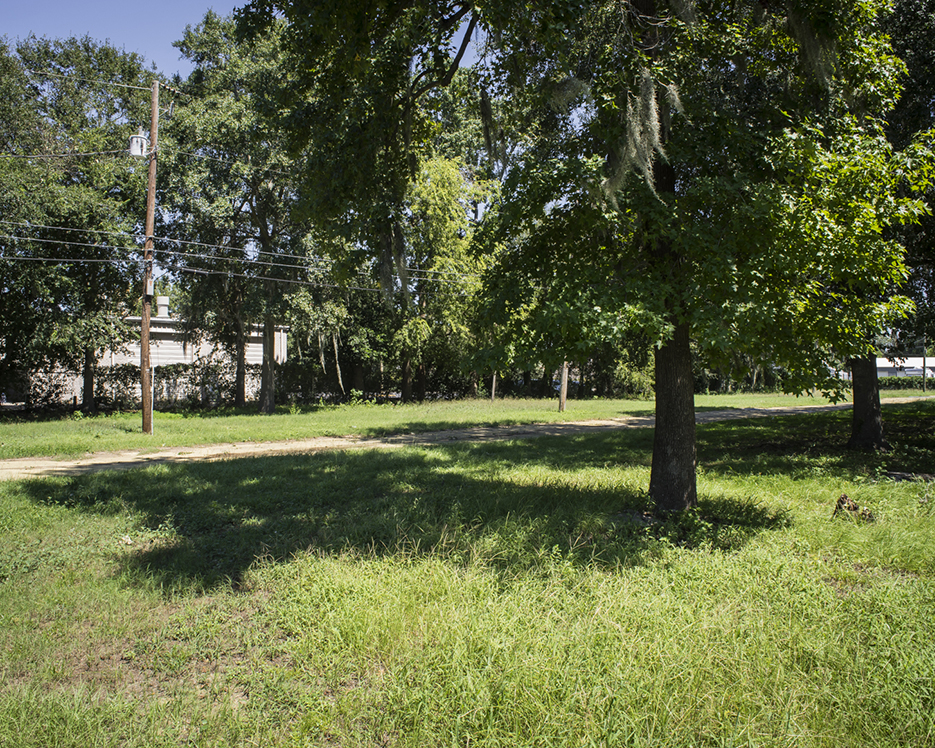
Walter Scott, Charleston 9:30am, 2018, taken in 2016, by Kris Graves. Photo by Kris Graves/Kris Graves Projects.
While all of these places could, literally, be anywhere. This scene really is. It’s downright chilling in its seeming innocence, and so, brought the series to a powerful conclusion in the Hive online piece. This innocent, peaceful, lovely park already hides a deep, dark secret of what happened under that tree. Already, a few years have passed and there’s no sign, or remembrance, of what happened here. My mind went back to Richard McGuire’s 2014 graphic novel, Here (Pantheon Graphic Novels), a book about the history of the corner of one room over hundreds of thousands of years and everything that happened there over the millennia. Having spent the better part of the past year looking at the work of the so-called “New Topographics”, this image, Walter Scott, Charleston 9:30am, suddenly struck me as, both, the ultimate culminating “New Topographic” image, a most horrible possible conclusion to the “movement.” Having seen it, I can’t get it out of my mind. Of it, Thomas Chatterton Williams writes in A Bleak Reality–
“Walter Scott was killed in an empty field in an unremarkable suburb north of Charleston. It is nerve-racking to walk into that field, because it is difficult to tell if it is private or public property. It feels terrible to walk in the same line of fire as Scott did in order to make the photographs. The photo shoot was not a long one.”
Unlike the other locations, the only building is in the distance, behind a fence. It’s as if everything in the scene has been stripped away to a bare stage, where the murder takes place. There’s nothing to distract the viewer from thinking about what happened here. A Bleak Reality is highly recommended, and with only 150 copies printed, I wouldn’t wait long to get one. As I write this, virtually every other book of Kris Graves’ work has sold out.
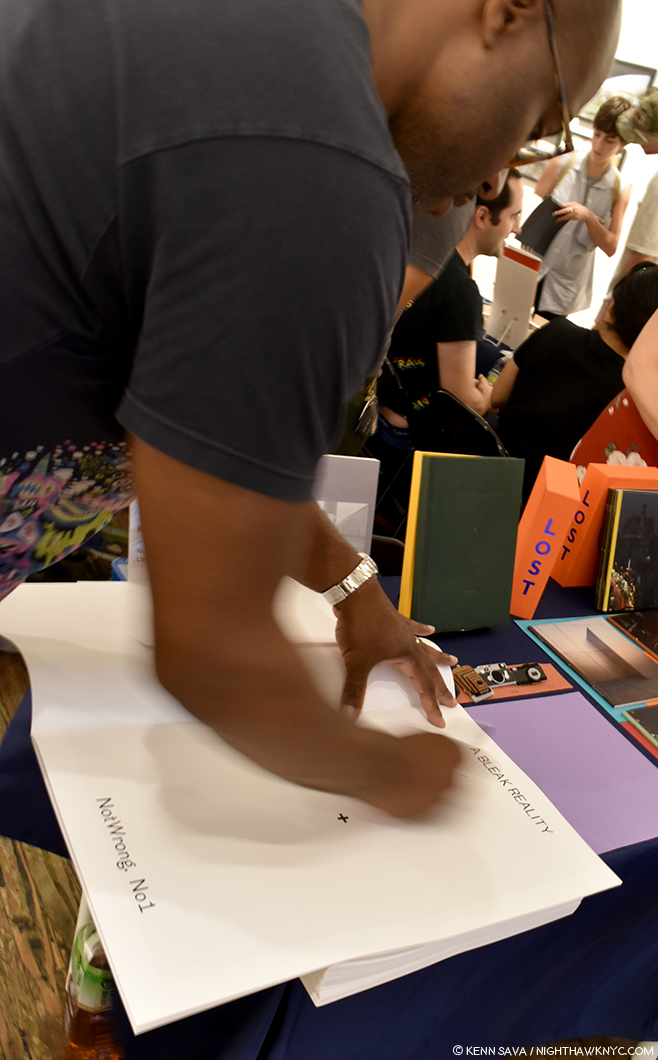
Making history. Kris Graves signs A Bleak Reality. Mr. Graves is really good about making sure as many of his publications as possible get signed by the Artists. It’s a really nice touch buyers and collectors appreciate.
The LES FotoBook Fair also shows how in touch Mr. Graves is with the larger Photo community Will Glaser spoke of. This manifests itself in the talented roster of Artists Kris Graves Projects has published and in the group of publishers he was able to attract to join him and Michael Foley in presenting such an auspicious event.
“Looking forward to the next one,” was the recurring theme I heard from almost everyone I asked about the show. Me, too.
*-Soundtrack for this Post is “Can I Kick It?” by A Tribe Called Quest.
NighthawkNYC.com has been entirely self-funded and ad-free for over 6 years, during which over 250 full length pieces have been published. If you’ve found it worthwhile, you can donate to keep it going & ad-free below. Thank you!
Written & photographed by Kenn Sava for nighthawknyc.com unless otherwise credited.
To send comments, thoughts, feedback or propositions click here.
Click the white box on the upper right for the archives or to search them.
For “short takes” and additional pictures, follow @nighthawk_nyc on Instagram.
Subscribe to be notified of new Posts below. Your information will be used for no other purpose.

